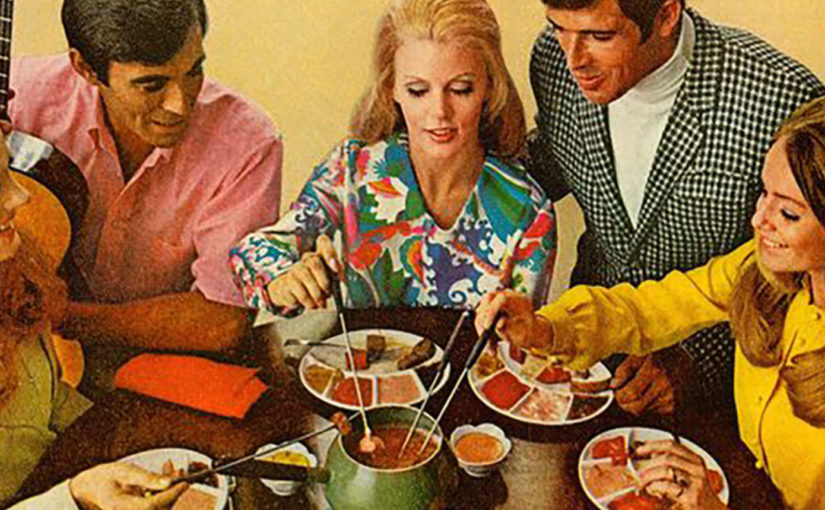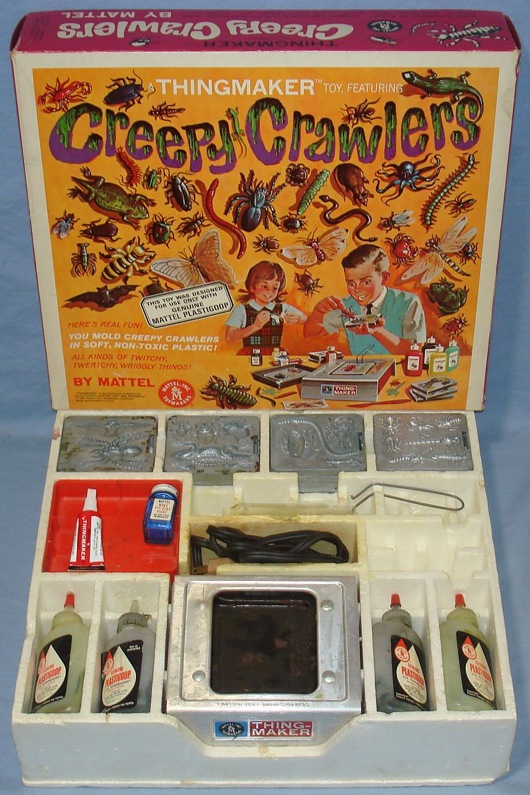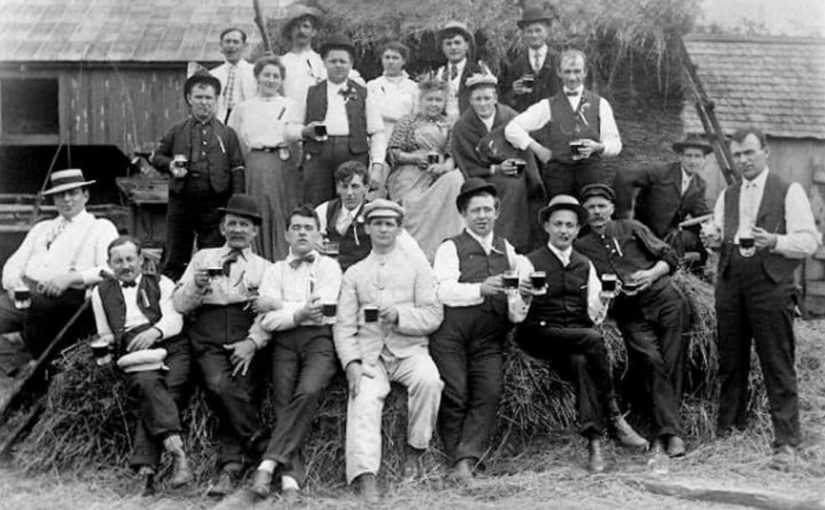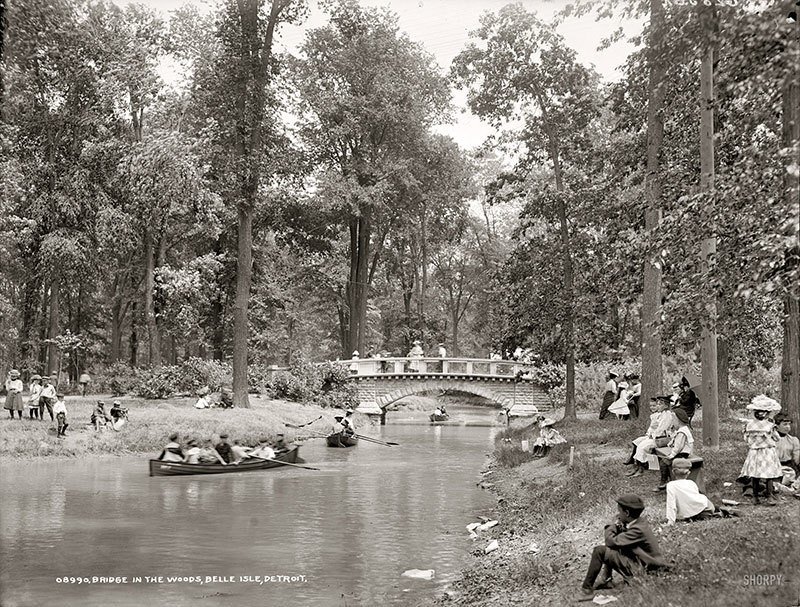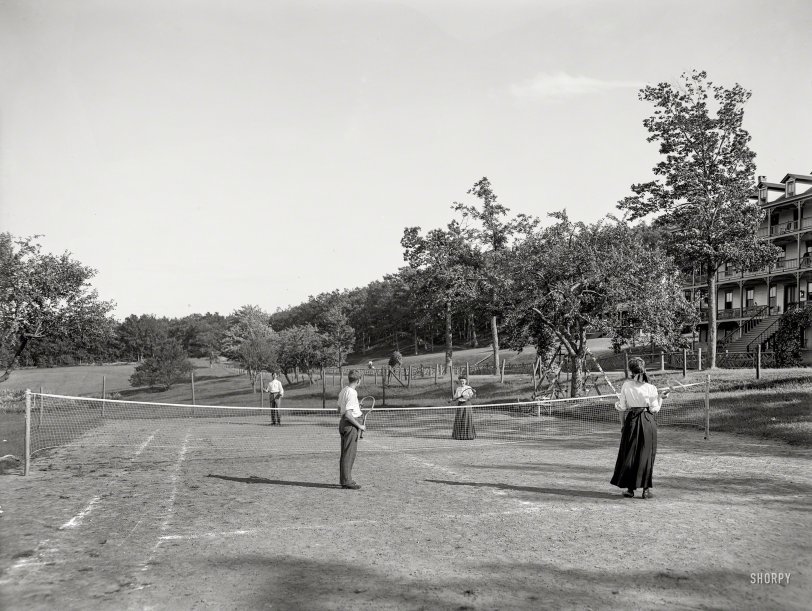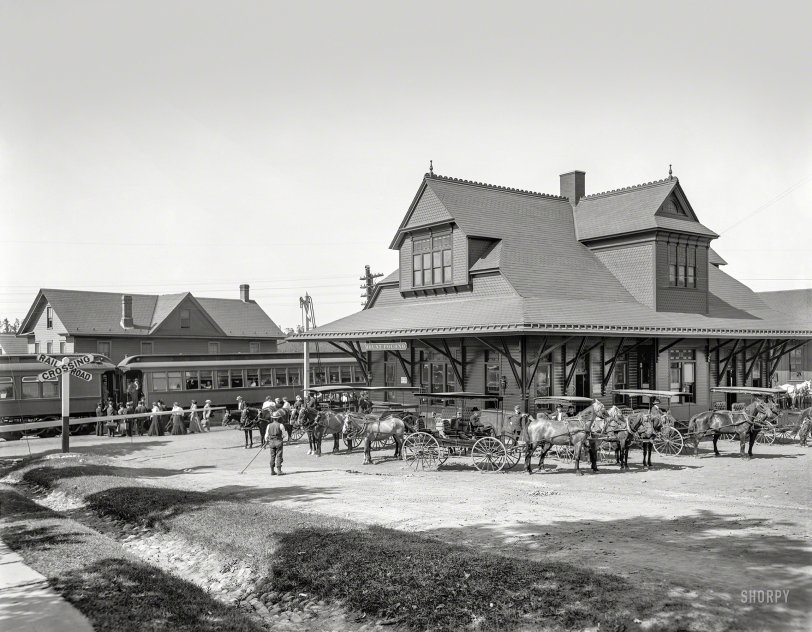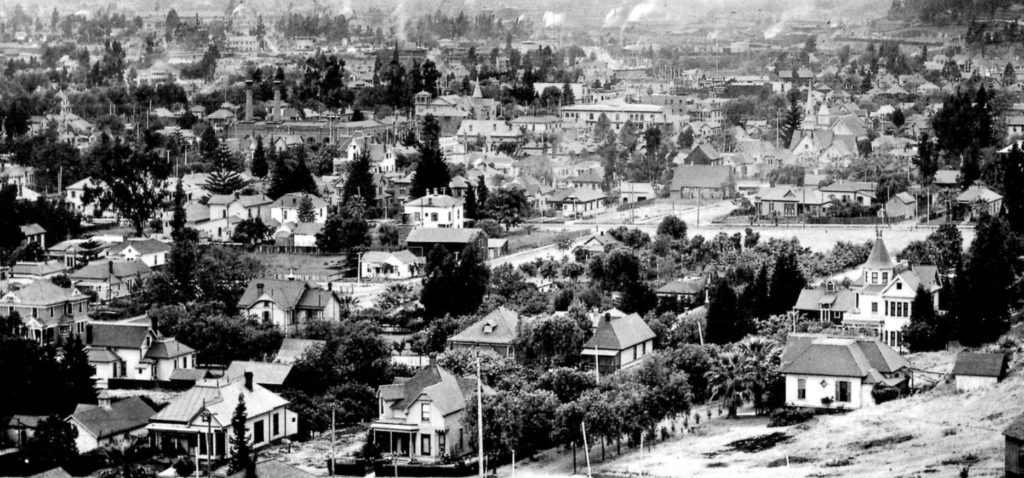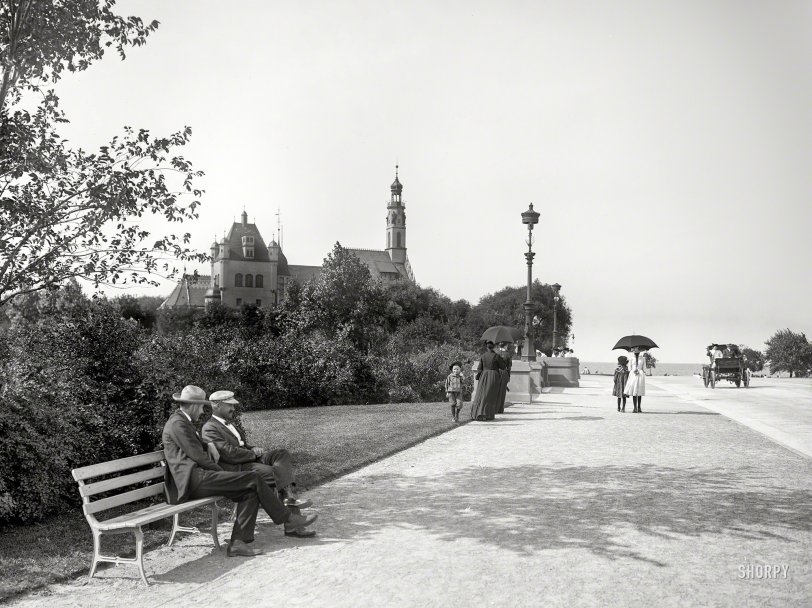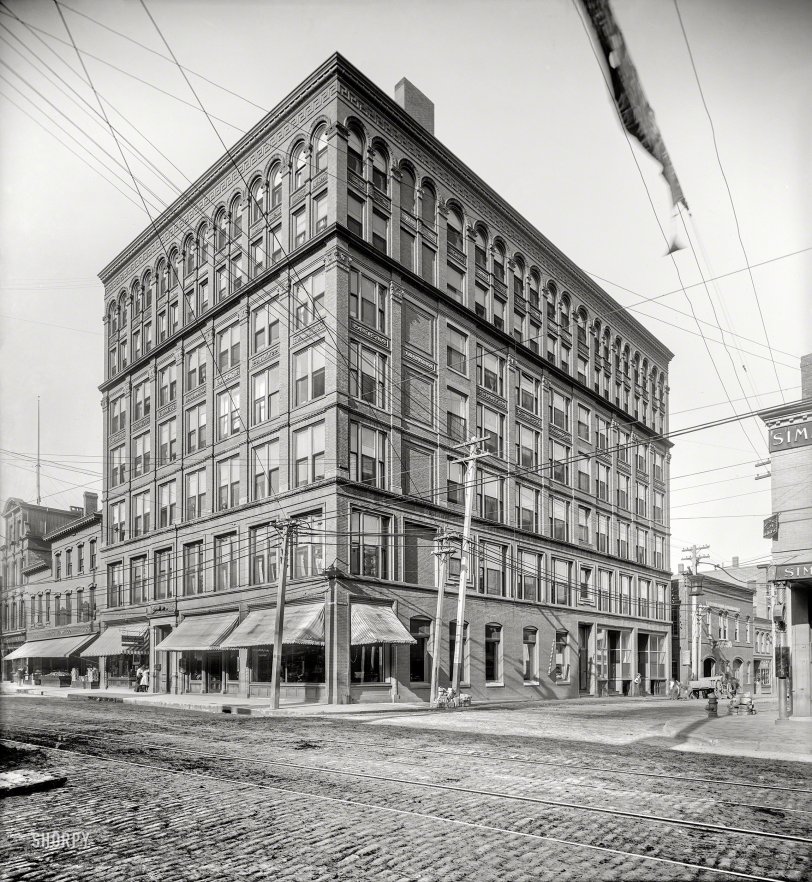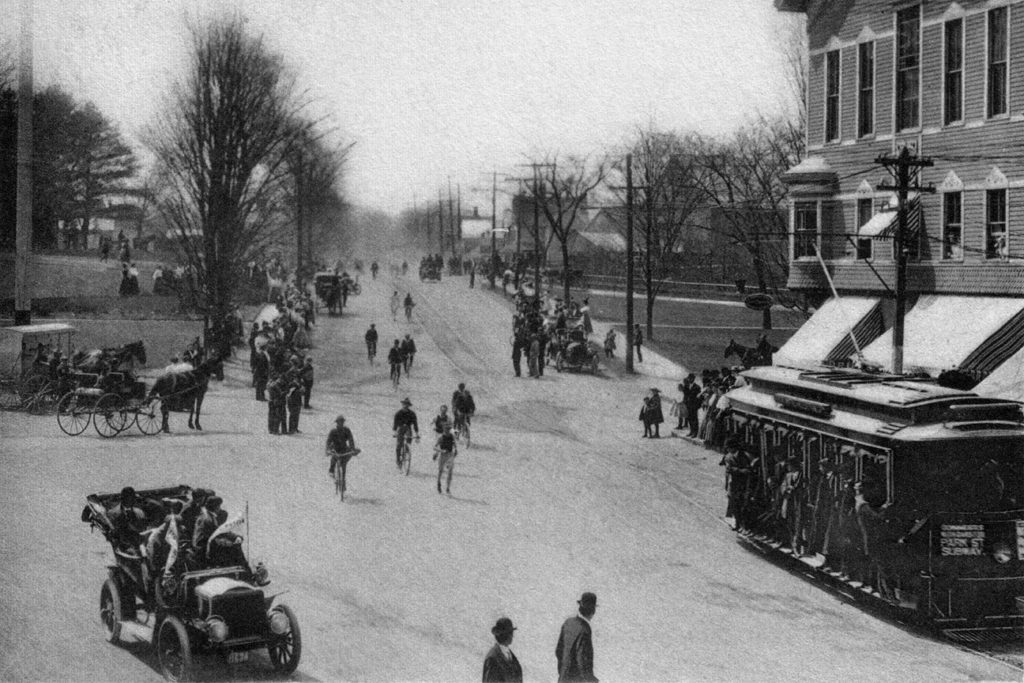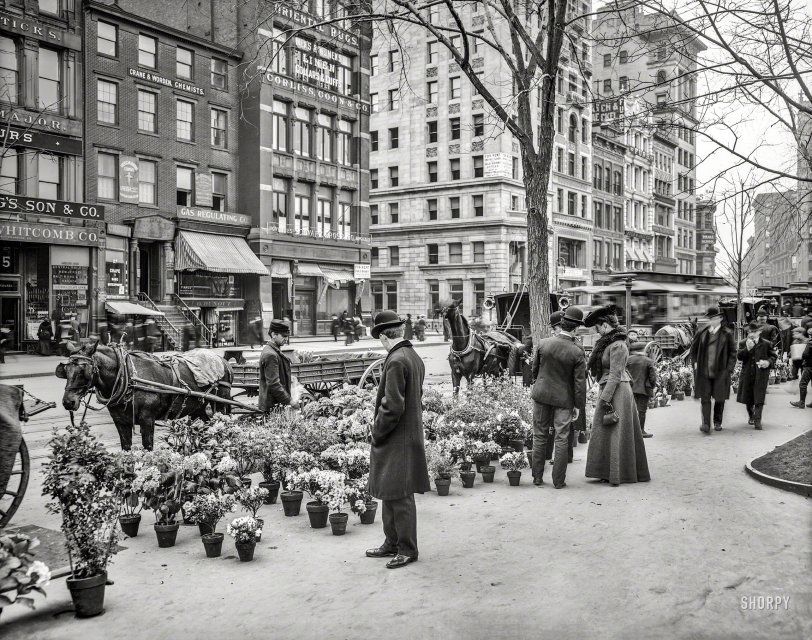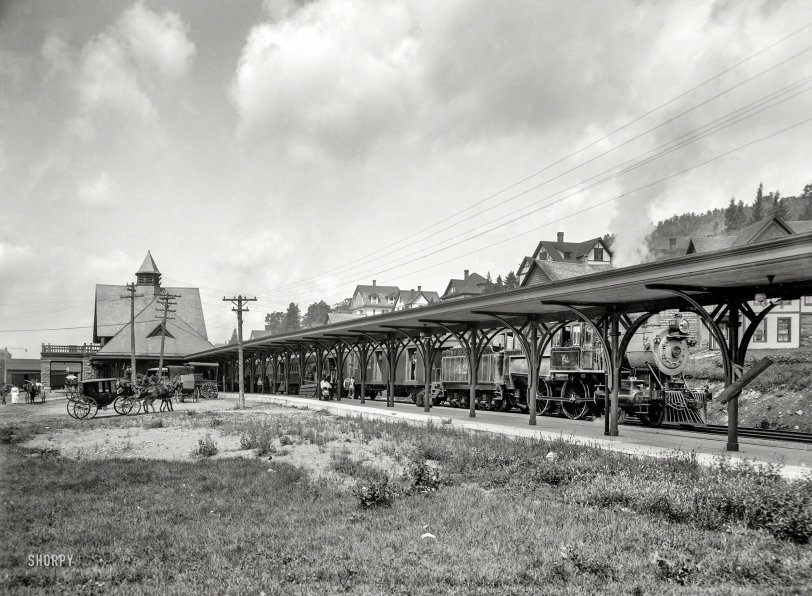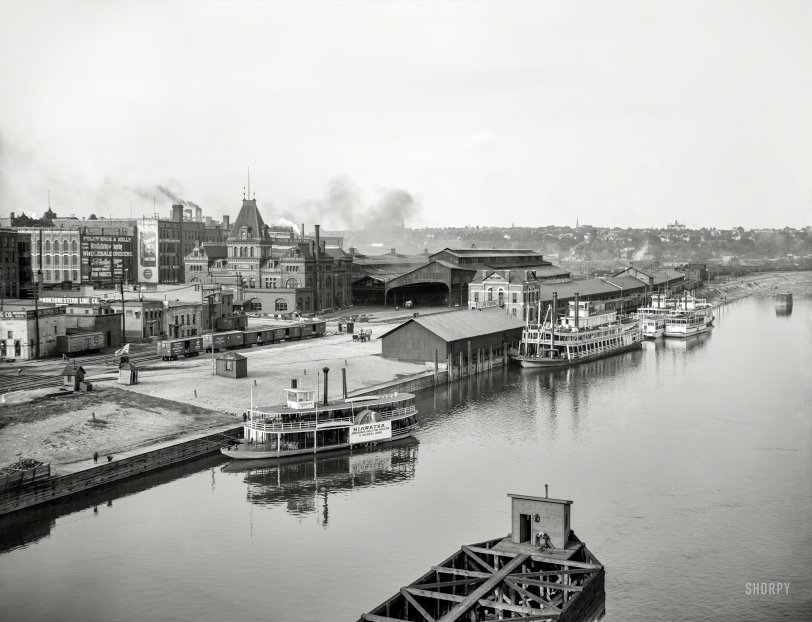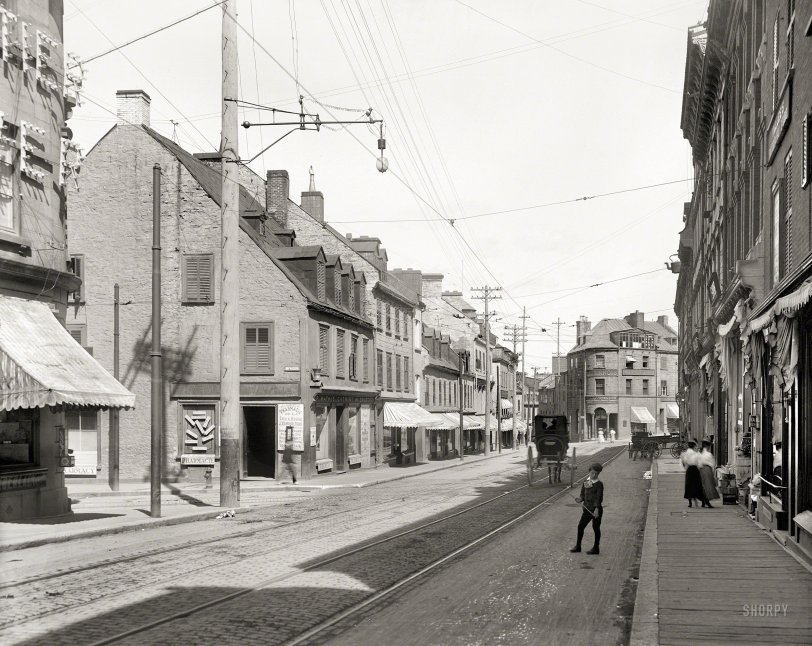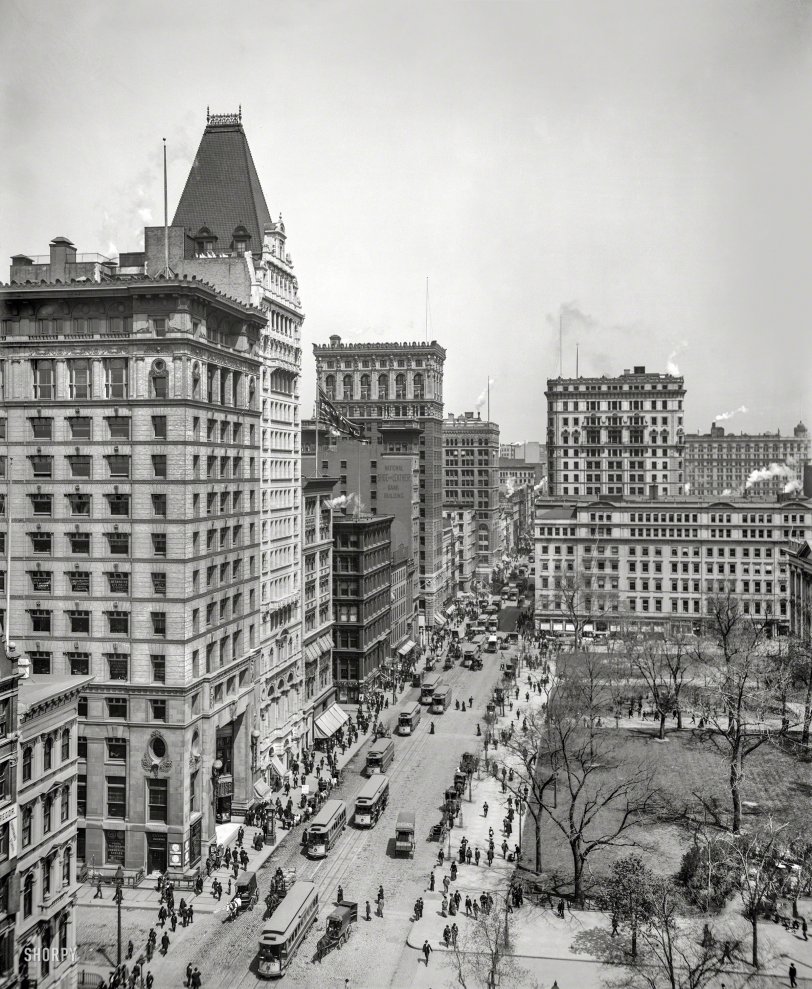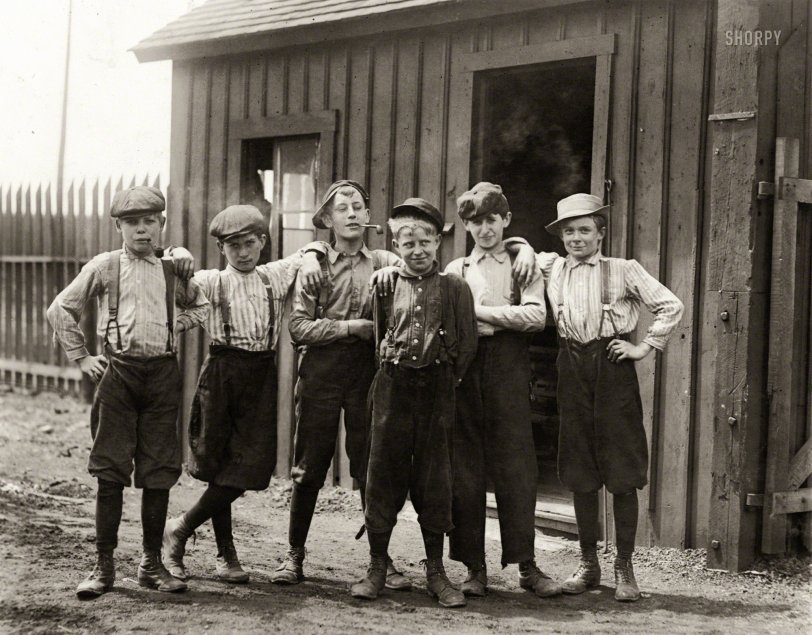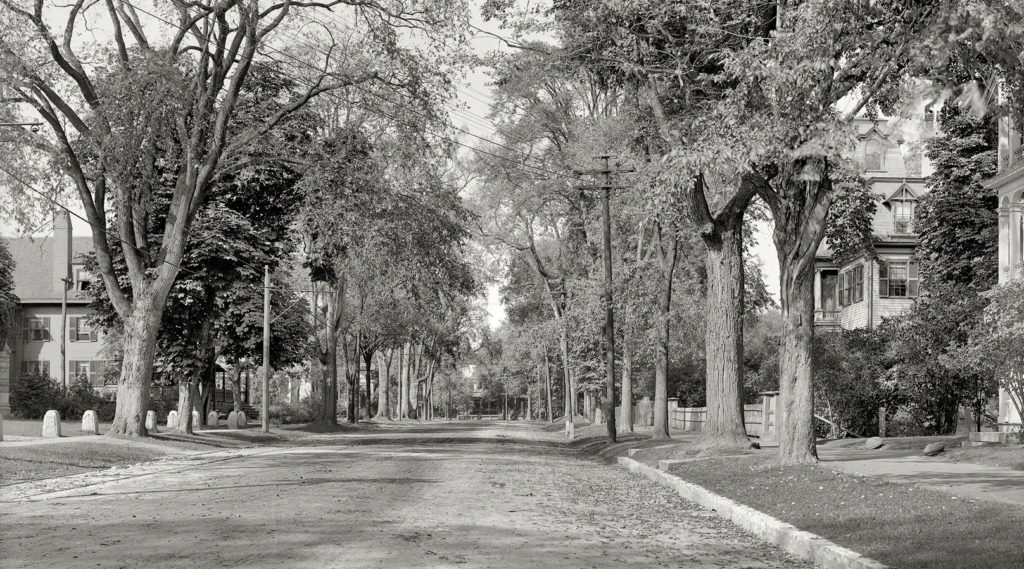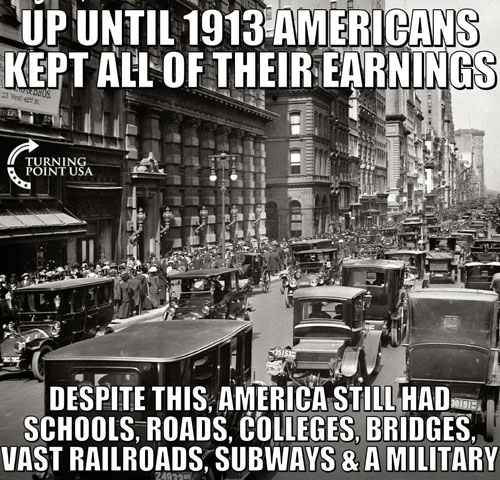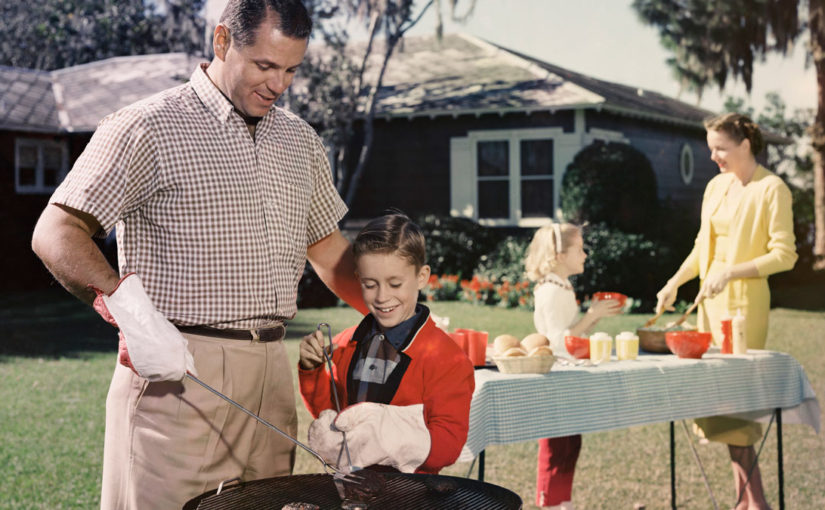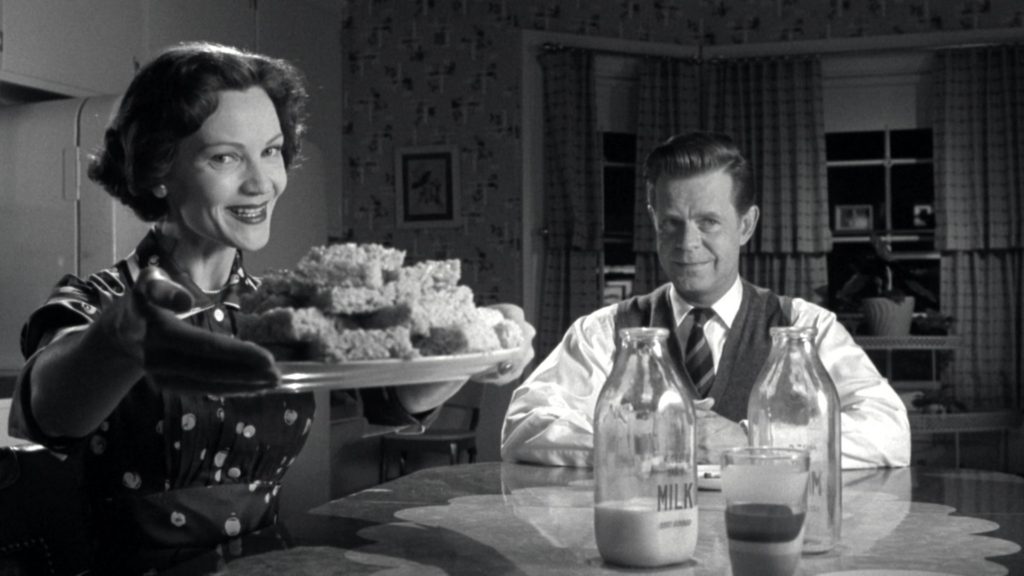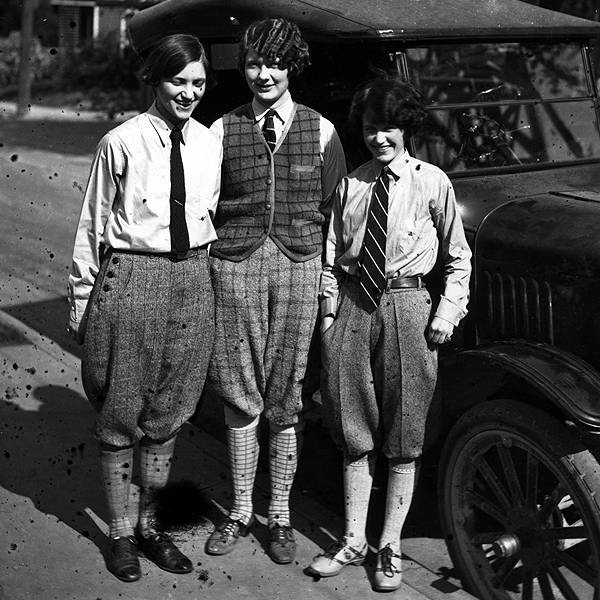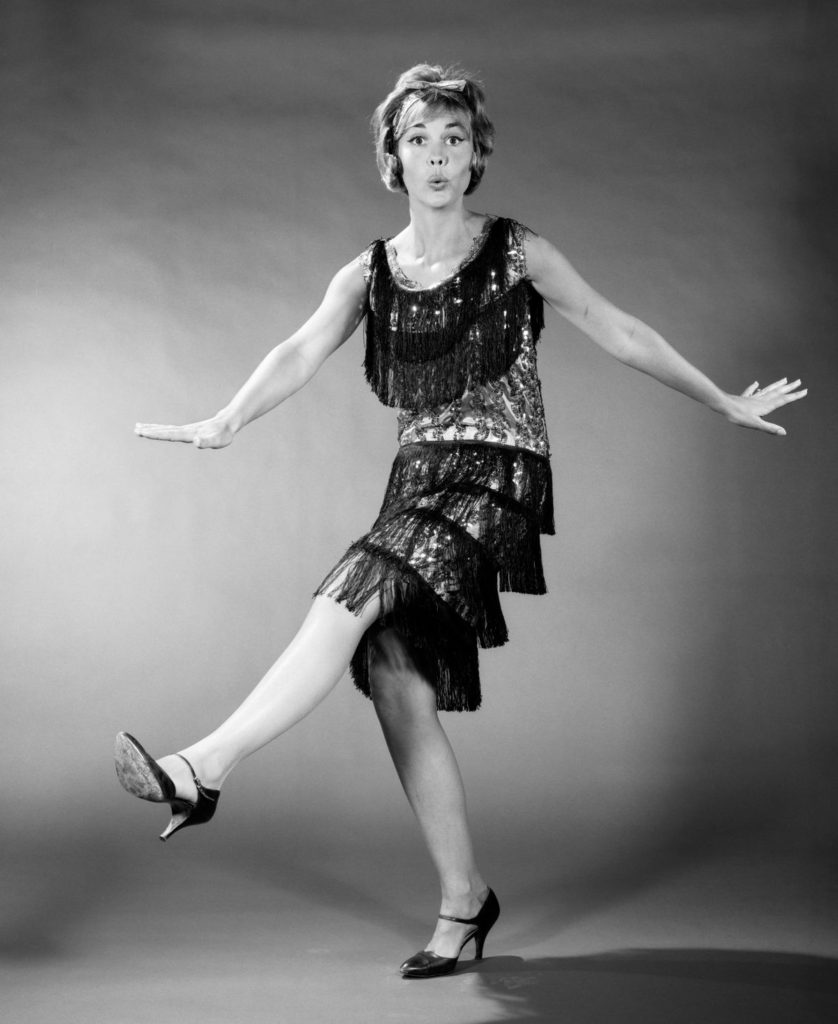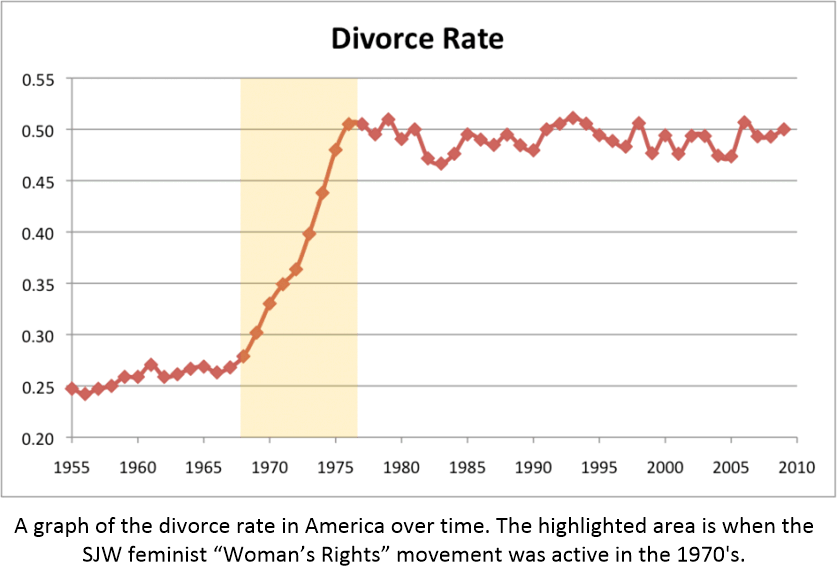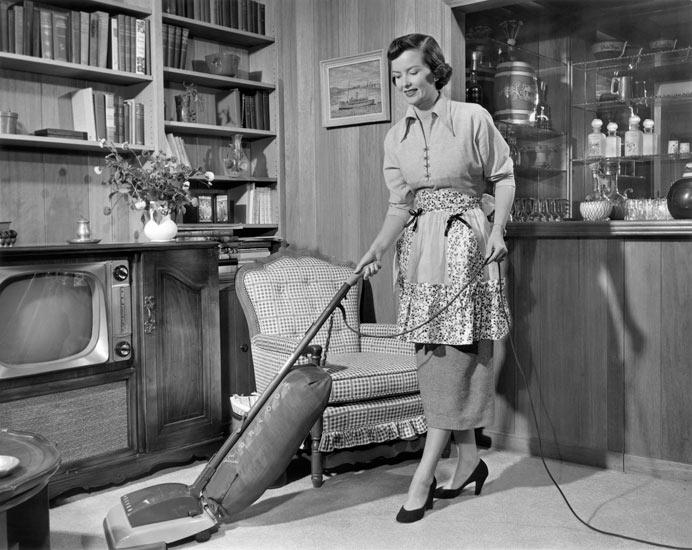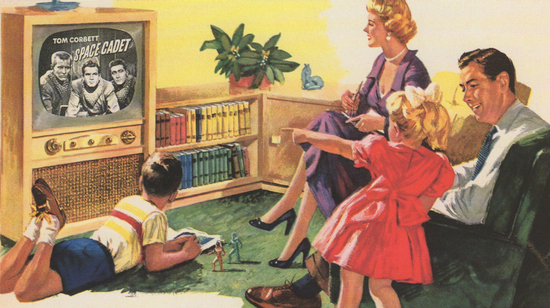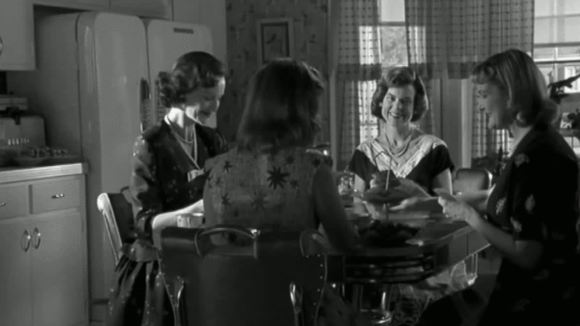December 2020 is almost upon us. This entire year has been shit, and I want to gallop away from it as fast as my two legs can carry me. I tire of the SHTF stuff about the United States and all the Trade stuff regarding China and international Geo-political issues. Instead, I just want to munch, chill and cozy up with some wine and a loved one. (Rent-a-loved one, a much beloved pet, or a favorite family members are all acceptable.)
I have been musing about how different things are today than they were when I was a young ‘un. And indeed, it does seem that time has completely rewrote reality. Whether it is my experiences in hopping crazy world-lines, or that the world has indeed moved on, who actually knows? I don’t. Not really, and I really don’t wanna think about it any more. One thing for certain is that it sure is different.
Here, I want to chat about some of the things that I “miss” from my past. Well, nope “miss” isn’t exactly the right word. Say, “muse about”. You know change is a part of life, and good change is wonderful and bad change isn’t all that great. Truth this. And don’t tell me that you don’t agree.
Here’s one thing everybody who was alive during the 1970s can agree on: The entire decade still feels like it only happened yesterday. Seriously, how can the ’70s be five decades in the past? Really?
It’s just not possible that the era ruled by bell-bottom jeans and 8-track cassettes was half a century ago. For those of us who lived through it—and survived that groovy yet perilous time—it will forever be a part of our souls. That and the roach burns in our jeans, the stain of bong water on our shag carpets, and the earth shoes in our closets. Let go to the max! and realize that not everyone reading this is a space cadet. Some might be out to lunch, but you know, it’s all cool beans!
So take a chill pill, and I’ll give you the skinny on what’s going on. Who knows? Maybe I’ll catch you on the flip side.
Waiting for the phone
Having a phone full of APPs where you can call anyone, at any time, and share Social media did not exist and was unheard of. It was Science Fiction. For us, our telephones were hard-wired to the house. And that was that.
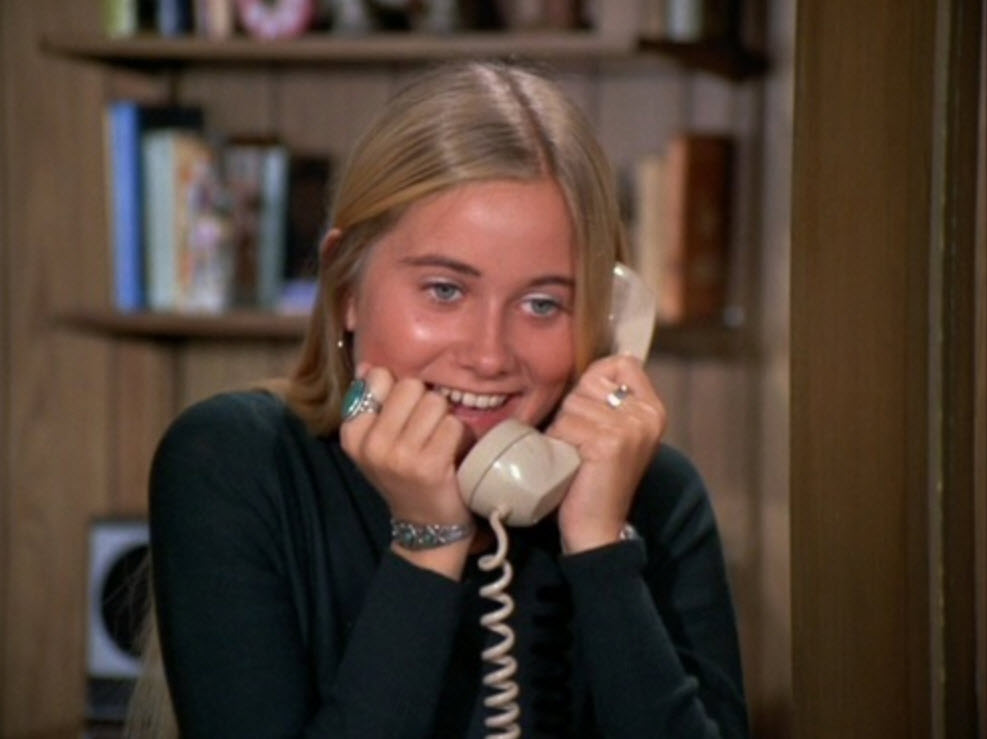
Everybody in the ’70s had just one phone in their house. It was a rotary phone that stayed in some central location, with a cord that could only be stretched so far. If someone was on that phone, you just had to sit and wait for them to finish. Family members hogging the phone were the cause of many sibling battles during this era. And I would have to say that the leading culprits were the young high school females in the household.
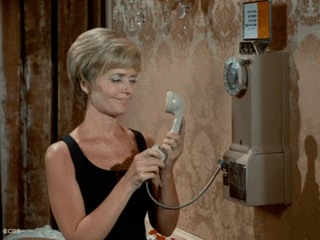
Telephones have come a long way from the ‘60s and ‘70s. Most homes back then only had one phone for the entire family whether there were three people or twelve people. That’s right… people had to get in line to get on the line! It wasn’t uncommon for the cord to be stretched out of shape since the user could only hope for privacy by getting as far away from the other family members as possible.
Pretending to be “bionic”
No body ever does this today. But, back in the day, it was a “thing”.
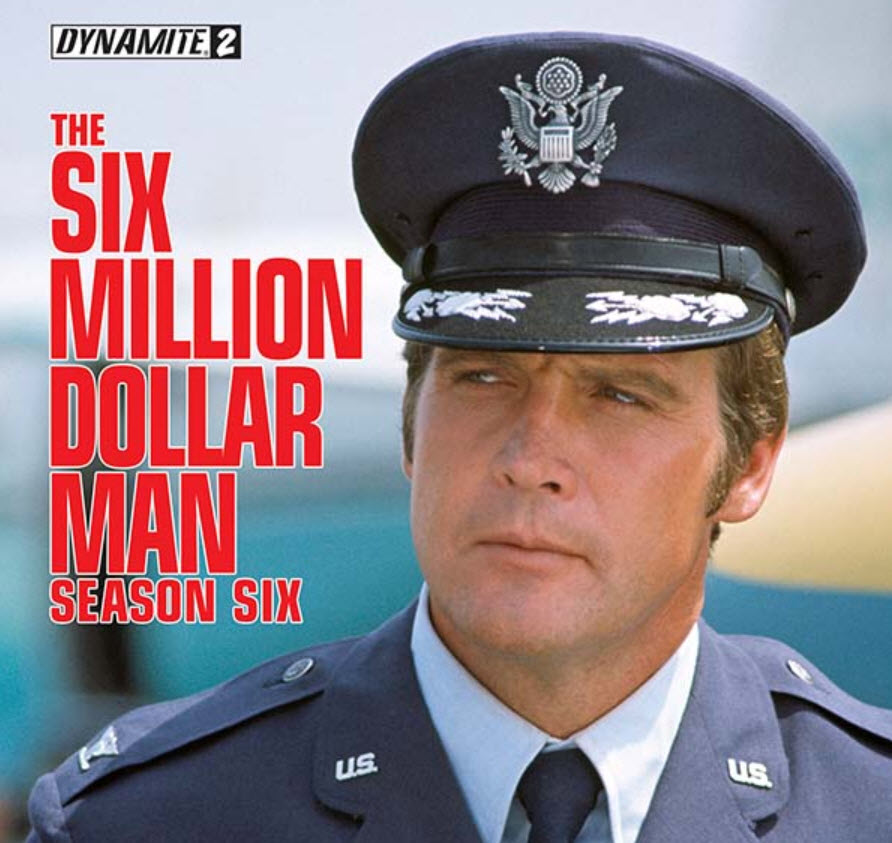
If you truly are a ’70s kid, we don’t need to explain what’s involved in pretending you’re bionic. But for those who aren’t, you simply start running in slow motion, and then you make a sound with your tongue that sounds vaguely robotic. Decades after The Six Million Dollar Man and The Bionic Woman were canceled, trying to imitate Steve Austin or Jaime Sommers still makes us feel powerful.
Today, if they tried to remake this series it would be called “The 6 Trillion Dollar Person”.
Playing Simon
This game came out as I was entering University. At that time I was heavily into beer, and girls. But my younger brothers and sisters were addicted to this little piece of electronic wizardry.
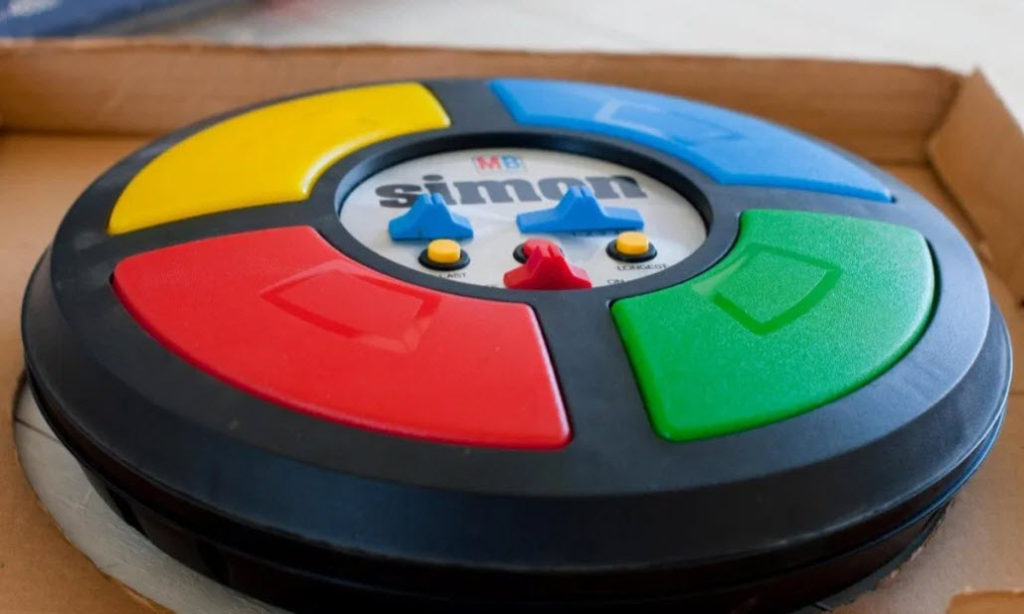
So simple, and yet so addictive. When this electronic game came out in 1978, every kid had to have one. The gameplay wasn’t too involved—you just had to tap on the right series of four colored buttons to repeat a sound pattern—but we played it with the intensity and focus that kids play Fortnite today.
Gas station lines
At the time of the “Oil Crisis”, my father was commuting a three hour drive back and forth from our home to his new job. The petrol-political situation just made everything tougher. And I well remember having to ride to the gas station and collect all sorts of plastic containers of gas that I would fill up and then siphon back into my dads car.
Did you know that the thick PE containers would crack if you stored gasoline in them in sub-zero temperatures? Guess how I found out? Yeah. Let me tell youse guys icy below freezing gasoline at -20F is still liquid and freezes the cockles of your mouth.
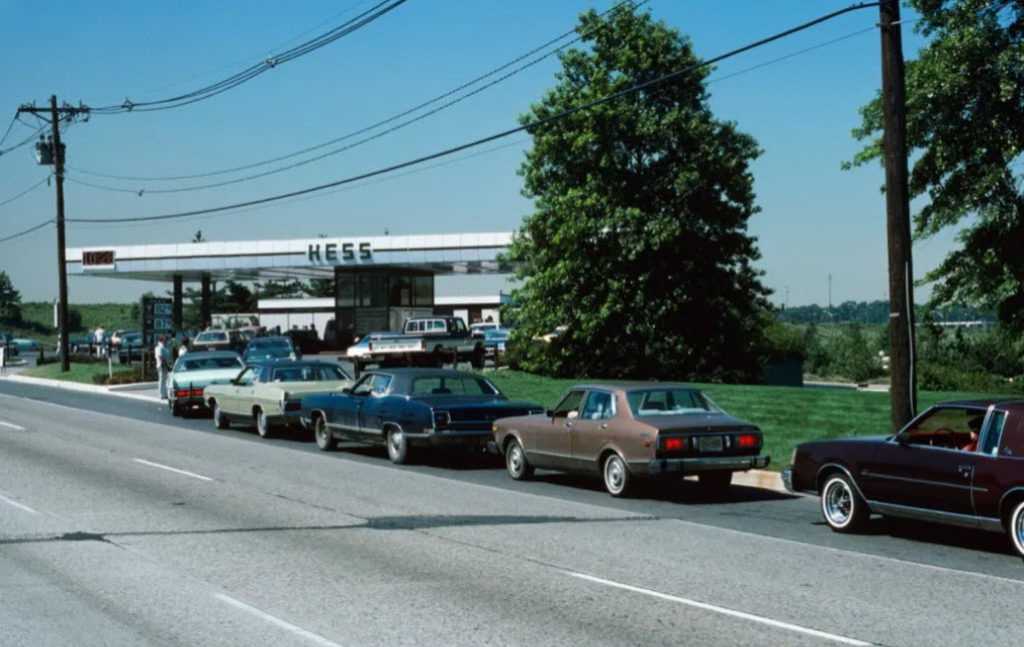
The 1973 oil crisis (and the second oil crisis a few years thereafter) caused a nationwide panic resulting in around-the-block gas station lines that never seemed to move. Some stations even started posting color-coded flags: Green indicated they still had gas, while red alerted customers that they were out. Every car trip you took with your family in the ’70s felt like it might be your last.
Boogie life! Roller disco parties
Don’t laugh. Whether you lived in the city or in the country, there were always parties at the local roller rink. They installed flashing strobe lights, a DJ, some neon, and before you knew it, we were all boogieing on down!
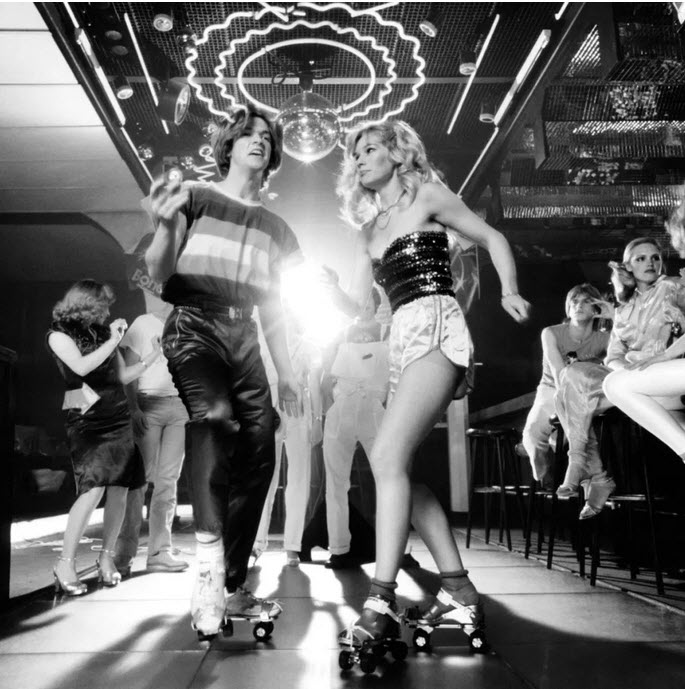
All the fun of a discothèque with the extra awkwardness of having wheels on your feet. We might all remember these parties fondly, but it’s a miracle we didn’t break any bones trying to dance along to a Bee Gees song while skating at frightening speeds.
.
Teenagers at the time, just like now, couldn’t get enough of their favorite artists including Led Zeppelin, Kiss, Pink Floyd, The Rolling Stones and Aerosmith just to name a few. All bets were off though at the roller rink. When the lights went down low and the sparkling disco ball shined on the wooden floor, tacky organ music was just fine!
After getting inside the roller rink, the next thing to do was to go stand in another line to get a pair of skates. Of course, to use a pair of skates that belong to the rink, you had to turn your own shoes in as place holders for the borrowed skates. You got your street shoes back only when the skates were returned. I can still see the wooden wheels and smell the disinfectant spray used on the skates between sessions.
We roller-boogied everywhere. And when we did it on the street, we wore appropriate attire, don’t you know. Such as this…
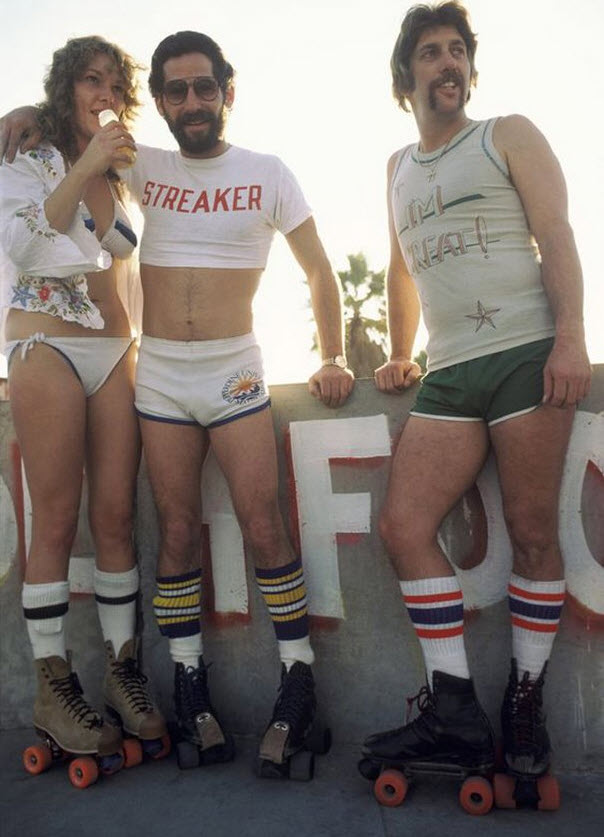
Yikes!
“Free skate” time was awesome. Everyone would go around and around that floor. It was a time to show off your cool moves. The fancy skaters whizzed, by skating backwards, leaving you in their dust. The skaters with extraordinary skills would show off their abilities in the center of the rink. They were the ones that had their own skates and didn’t use the rented ones. Often, they would stroll into the rink with their skates hanging around their necks like a piece of jewelry.
Roller Skate Rentals
Ai! Now this is something you don’t see any more…
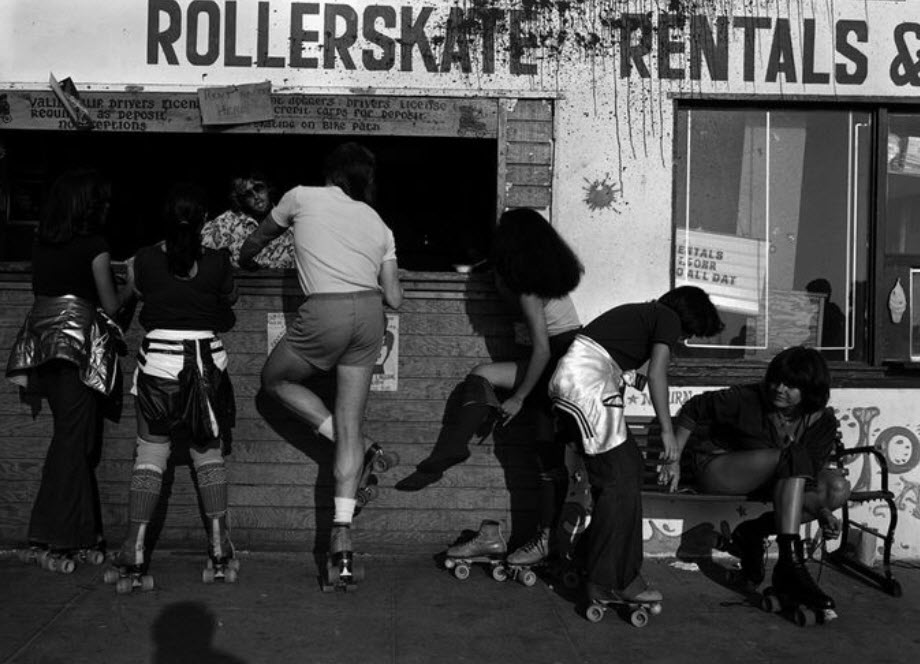
.
By the end of the evening, the borrowed roller skates were sweaty and had caused at least one blister on the skater’s feet. That was just part of the deal. A person knew when they got there that they would get that blister. Hopefully, it would heal in time for the following weekend.
After taking off the roller skates and putting your own shoes back on, it took a few minutes to get your legs used to being off of the skates. It was a weird feeling being 2 inches shorter, although that’s how tall you were when you got there. It is something everyone should experience at least once.
The 70’s really were a time like no other.
Coveting an Atari video game console
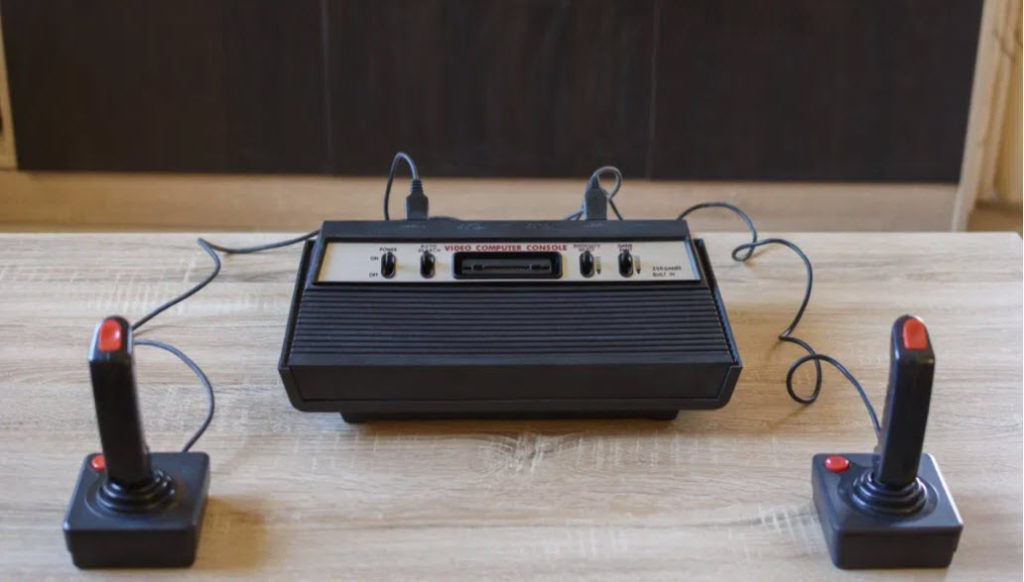
No, you may not have owned an Atari console during the ’70s, but at the very least you knew somebody who did and you made sure to do everything in your power to win their friendship. The very idea of playing video games in the comfort of our own homes without ever worrying if we had enough quarters seemed unfathomably futuristic.
Annoying (or being annoyed by) your sibling on road trips
I don’t know if this happens or not. In the days before electronic media, all that you could do when you were trapped inside an automobile is either listen to the AM radio or pester the heck of your siblings.
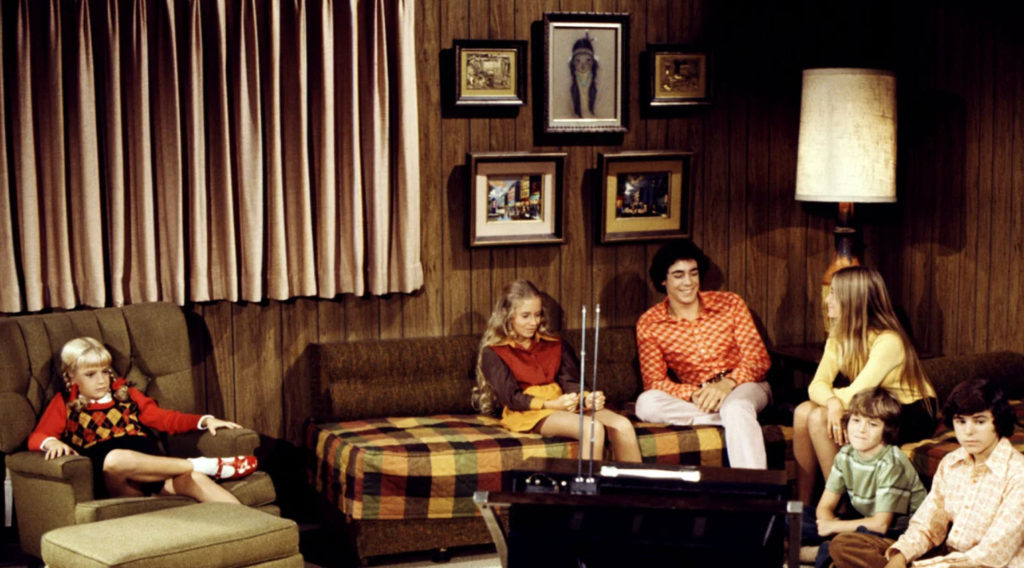
But that didn’t stop you from going on road trips! When a family piled into the station wagon for a long trek across the country in the ’70s, kids didn’t have the distractions they enjoy today.
There were no iPads or smartphones to keep us occupied. The only way to pass the time was to see how much we could torture our brother or sister sitting in the backseat with us. It was either annoy or be annoyed, the latter of which required constantly demanding justice from your oblivious parents trying to ignore you both in the front seat.
Waiting until Saturday for cartoons
Well, this isn’t exactly true. There were after-school cartoons that we would watch. Namely “The Flintstones”. But for a real marathon of cartoon gluttony, it’s Saturday Morning non-stop comic-thon.
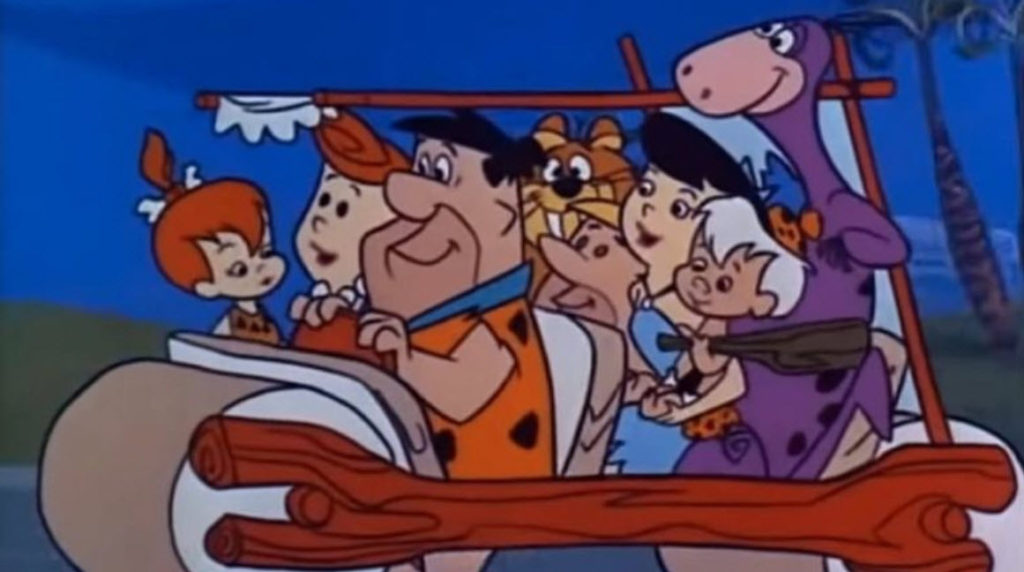
.
If you wanted to watch Bugs Bunny or Fred Flintstone or any of your favorite cartoon characters, you had only one chance to catch them—Saturday morning. If you missed it, you missed it, and those precious few hours of animated bliss were gone forever (or at least until the next Saturday). It taught us important lessons about delayed gratification. It just wasn’t possible back then to see every cartoon ever made with the press of a button.
The Watergate hearings
It was a simpler time. President Nixon was impeached for erasing 18.5 minutes of personal tapes. Today, the government vacuums up every item of your life in 3D, indexes it, and sells it off to the highest bidder, and then bills you for it in the form of higher taxes.
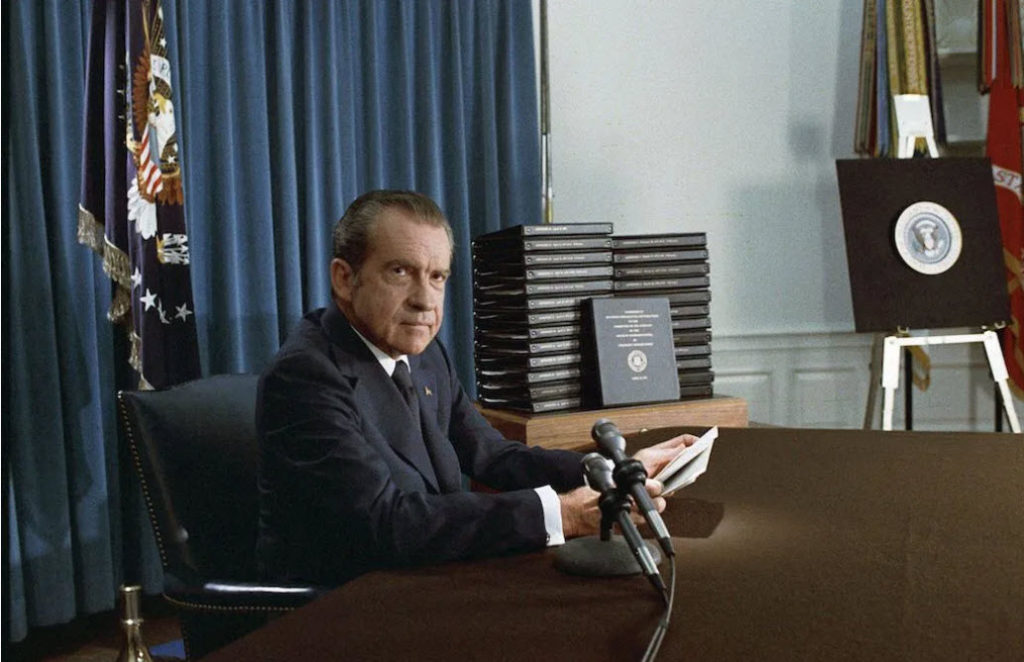
.
Even if you didn’t give a hoot about politics, everyone was at least vaguely aware that something bad was happening in Washington. It was the topic of every dinner party conversation, and the evening news reported each new detail like the Watergate scandal might very well be the downfall of democracy.
Seeing the disgraced Richard Nixon leave the White House forever (with his iconic two handed peace symbol hand wave) and get into a helicopter was one of the most unforgettably surreal moments of TV viewing for just about everybody in the country in the ’70s.
Living in a world without Darth Vader

.
The ’70s was the last decade when a person could wake up one day having no idea who Darth Vader was—and by dinner that night their head would be spinning with thoughts of the Dark Side and black helmets and lightsabers. The world was suddenly divided between “before Star Wars” and “after Star Wars,” and nothing would be the same for us again.
Suddenly true and real “evil” stopped being Hitler and his evil Nazi horde, and it became a large Empire. One with tentacles in everyone’s business, in every corner of the known world, and one led by indescribably evil people.
Being oblivious to “stranger danger”
In the 1970’s we were innocents. We lived life, and while there were bad people about, we didn’t have them thrown into our faces 24-7. We didn’t see missing kids on milk cartons, Amber alerts, screeching television shows and exposes of predators. We were insulated from all that.
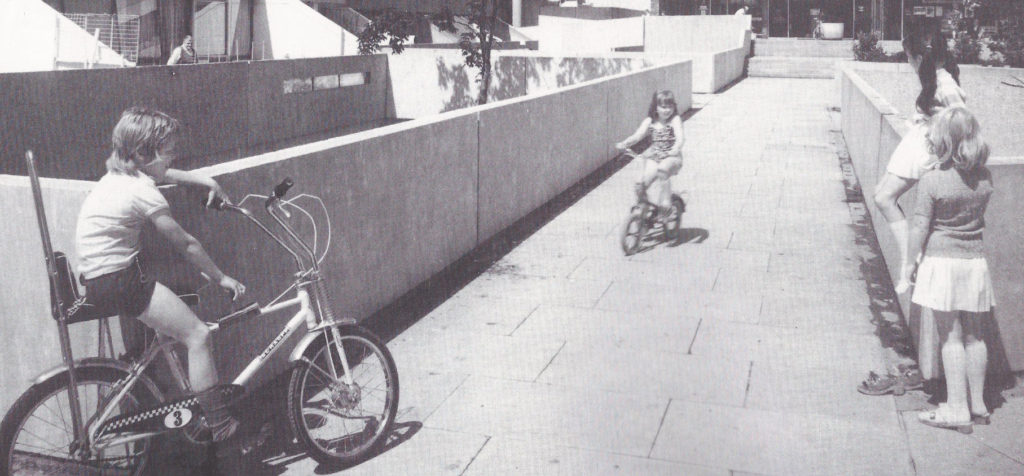
The world was no less dangerous for kids in the 1970s than it is today—our parents just weren’t as freaked out about it. Many of us weren’t warned that every unfamiliar face might mean us harm. So we made friends with just about everyone, even random adults that we didn’t recognize.
For me, it was cranking “The immigrant song” by Led Zeppelin at 100, and playing games with my buds. While “Pee Eck” or “Joe Piney” had an record album open and was using it to separate the stems and seeds out of a five dollar bag that we had bought. Heh heh.
Memorizing the lyrics to “Rubber Ducky”
LOL. How true is this?

.
There was a limited amount of quality TV for kids in the ’70s, so when something came along that resonated with us, it burned into our subconscious. Sesame Street provided many of those pivotal memories.
Rubber Ducky Rubber Ducky, you're the one, You make bathtime lots of fun, Rubber Ducky, I'm awfully fond of you; (woh woh, bee doh!) Rubber Ducky, joy of joys, When I squeeze you, you make noise! Rubber Ducky, you're my very best friend, it's true! (doo doo doo doooo, doo doo) Every day when I Make my to the tubby I find a little fella who's Cute and yellow and chubby (rub-a-dub-a-dubby!) Rubber Ducky, you're so fine And I'm lucky that you're mine Rubber ducky, I'm awfully fond of you. (repeat chorus) Rubber Ducky, you're so fine And I'm lucky that you're mine Rubber ducky, I'm awfully fond of - Rubber ducky, I'd like a whole pond of - Rubber ducky I'm of - Rubber ducky I'm awfully fond of you! (doo doo, be doo.)
Even today, long past the age when we’re regularly taking baths with toys, we can recall Ernie’s ode to his rubber duckie in its entirety.
Bell bottoms

.
You cannot say “the 70’s” without mentioning the iconic “bell bottom jeans”. They were everywhere. And they were awesome! Most especially when worn with Rock-star platform boots, or earth-shoes.
A lot of completely groovy adults thought bell bottoms looked stylish in the ’70s, and they were right-on! And you know, it’ the cool kids have historically always been eager to imitate the best of adults’ instincts. So obviously, we all had these fantasticly stylish attire.
Short shorts and tube socks
Yes. And it does seem… obscene, now doesn’t it?
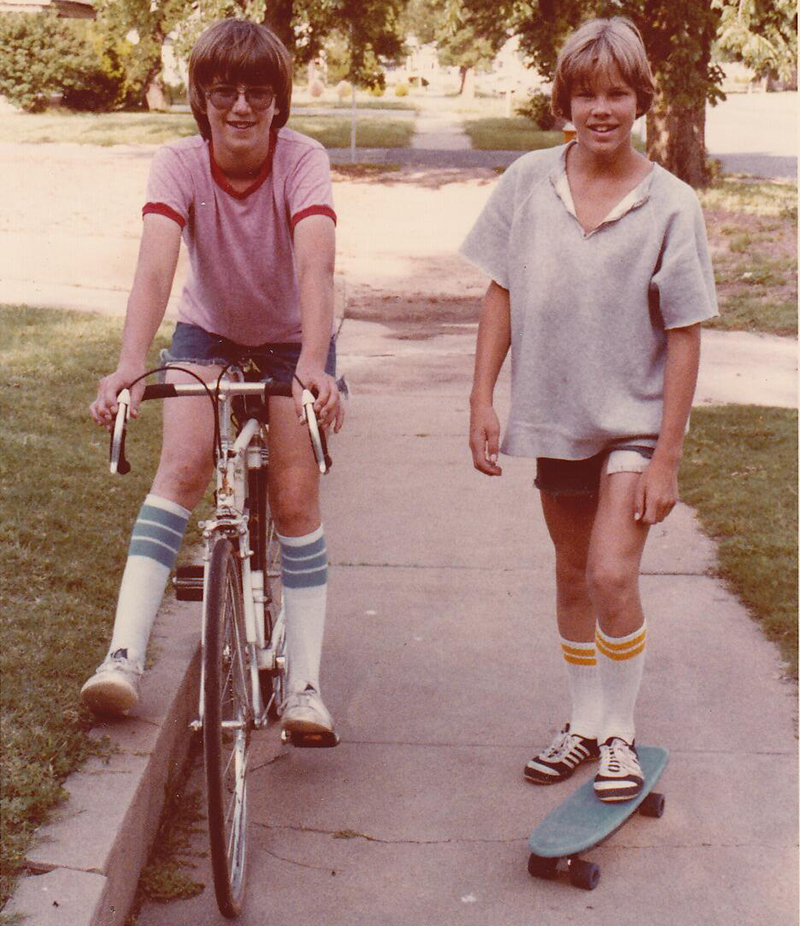
.
Rarely in the history of fashion has a clothing style been universally accepted by both men and women. But that was the case in the ’70s with short shorts and tube socks, even though nobody looked especially good in the getup. In hindsight, tube socks that stretched up to your knees and shorts that were way too tight wasn’t the most flattering combo. But at the time, we all thought we looked cool.
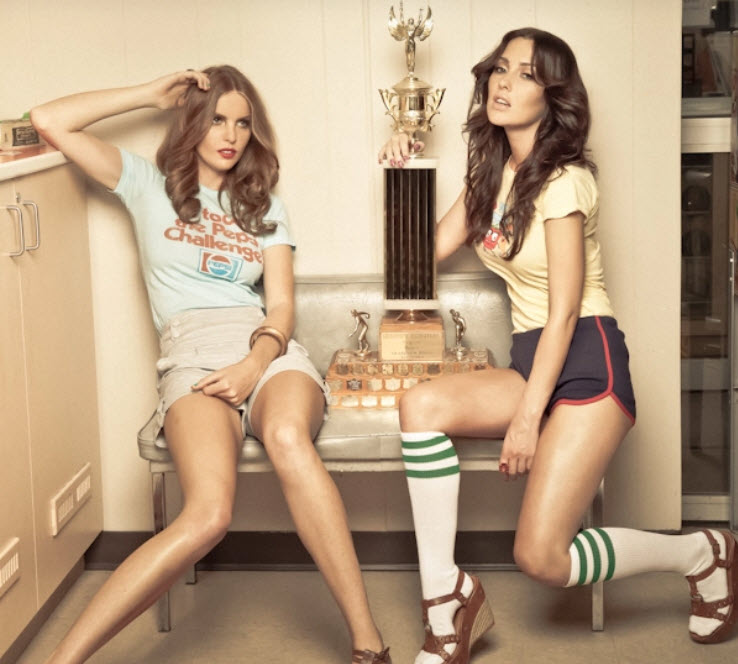
Do you feel like we do?
Perhaps nothing says 1970’s as the Peter Frampton (live) ode to that period in time. It’s… well, what if all felt like. And if you don’t understand… well… you needed to be there and live that lifestyle.
The 1970’s for us was like this kind of soft fog. Like walking in a fluffy pillow everywhere, and it was really, really surreal.

.
The 1970’s for us was like this kind of soft fog. Like walking in a fluffy pillow everywhere, and it was really, really surreal.
Oh, did I say that? Oh.
Well. I mean that. You know. Like I REALLY mean that. Yeah.
Oh. What was I saying?
Oh yeah…
I’d give you the original song for free here, but apparently it’s all monetized right now. So I’ll just give you the link…

Hitchhiking
True hitchhiking is just as dangerous as it ever was, but we did it anyways. Back then, we were not a fearful as people are today. We are not blasted with stories of the gruesome things that can happen to young folk on the road. And even if that were to happen, many of us would probably try to fight back with our pocket knives or fists.
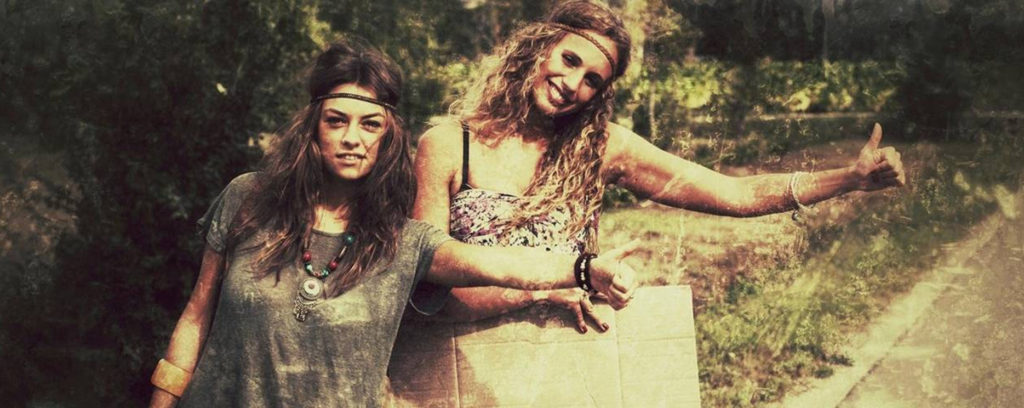
No car? No problem! Just stick out your thumb and wait for a kind stranger to pull over and offer you a ride. It seems unthinkable today, but for a ’70s free spirit who didn’t have the bread to buy their own car (or was too young for a license), hitchhiking seemed like the best option when your own two feet couldn’t get you there.
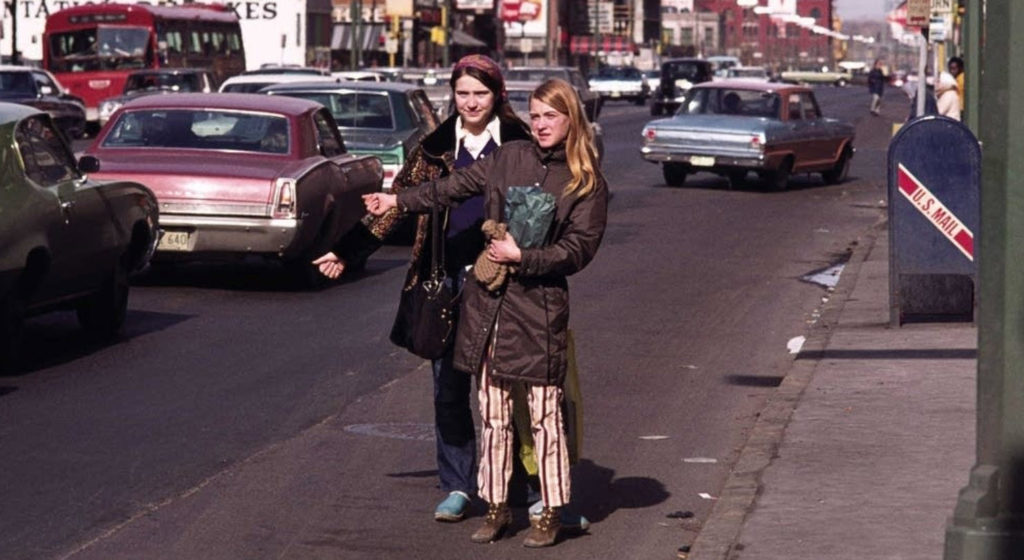
Having a favorite Charlie’s Angel
We all did. Don’t be silly.
Which brings up a song from the 1970’s. I don’t know why I have this connection of the song to the TV show. I attribute it to me coming home from a long day of partying and listening to Manfred Mann, and then settling down and watching Charlie’s Angels on the tube. I guess that; that is as good as an explanation as anything else.
Oh, and here’s the gals…

.
Some kids were always rooting for Jaclyn Smith, and some only had eyes for Kate Jackson. The vast majority of us, however, were smitten with Farrah Fawcett, and not just because she had the most iconic poster of the ’70s (and, arguably, of all time). Whatever your preference, they were the coolest crime-fighting trio on TV, and proof that ladies could kick as much criminal butt as the boys.
Woo Woo!
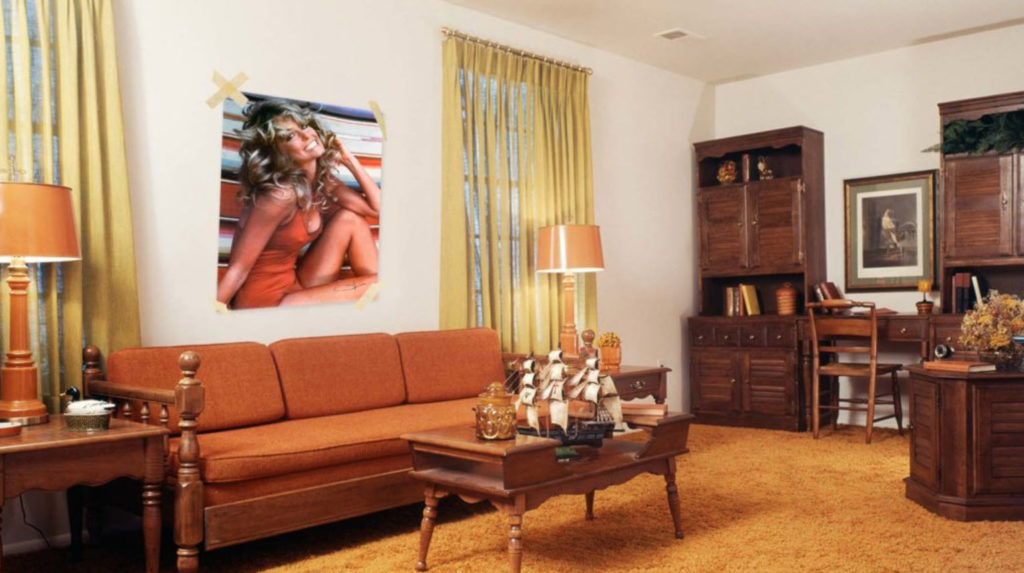
Going outside without sunscreen
Oh. Of course we knew about sunscreen. We could go ahead and use it. “Tans don’t burn with a Coppertone tan”. It’s just that we didn’t care…
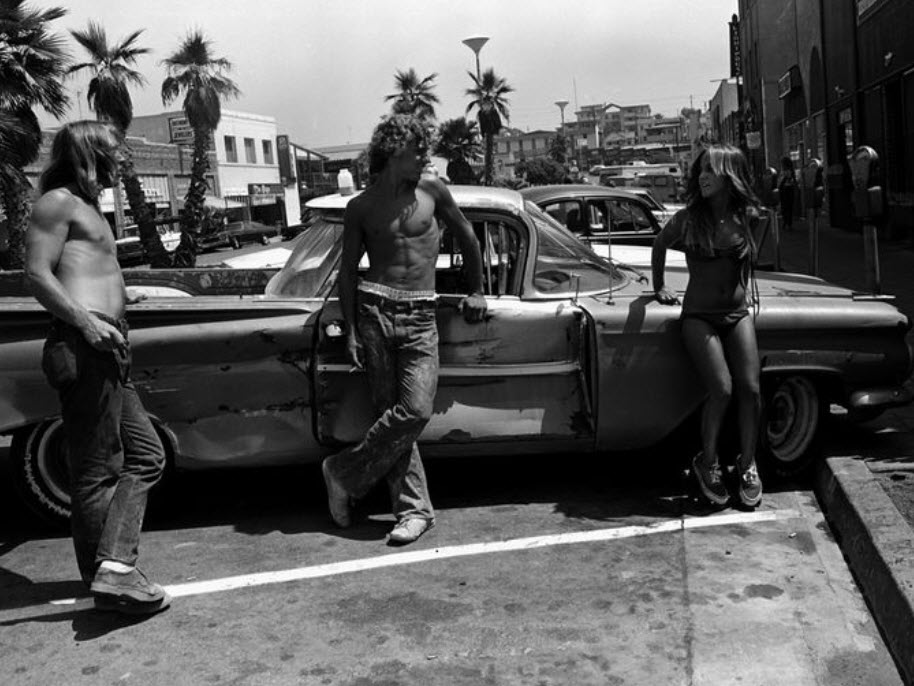
.
These days, most health-conscious people won’t even leave the house on a winter day without slathering their exposed skin in sun protection. But in the ’70s, you could walk around shirtless on a blazing hot summer day and nobody would think to ask if you’d applied any sunscreen.
Wait, sorry, we mean suntan lotion.
There was limited sun protection in the ’70s, just lotion to help you get some color. And when you didn’t get a tan, you got a sunburn—which nobody took all that seriously. There’s a lot we didn’t know about the long-term consequences.

Chase-lounges
This was just about the only way to hang out outside. You get a flimsy aluminum frame with the cheap nylon ribbing and plop down and pop a beer. That is what the 1970’s was all about.

.
Do you want to hear a story about a date where I was tripping balls, it was a hot and humid evening, I sat in a chase lounge chair that fit like a glove. My icy cold PBR was next to me, and Traffic, Robin Trower, and Led Zeppelin played all night. After the beer was quaffed, my date and I rode on the foggy river at 3am in a small speedboat. Oh, and her brother couldn’t speak. He was deaf and dumb. So the entire event was in slow motion, sign language.
The 70’s. Youse kids have no idea.
It’s how we rolled
No helmets, knee or elbow protection, and no one recording it to post on Social Media. It’s how we rolled.
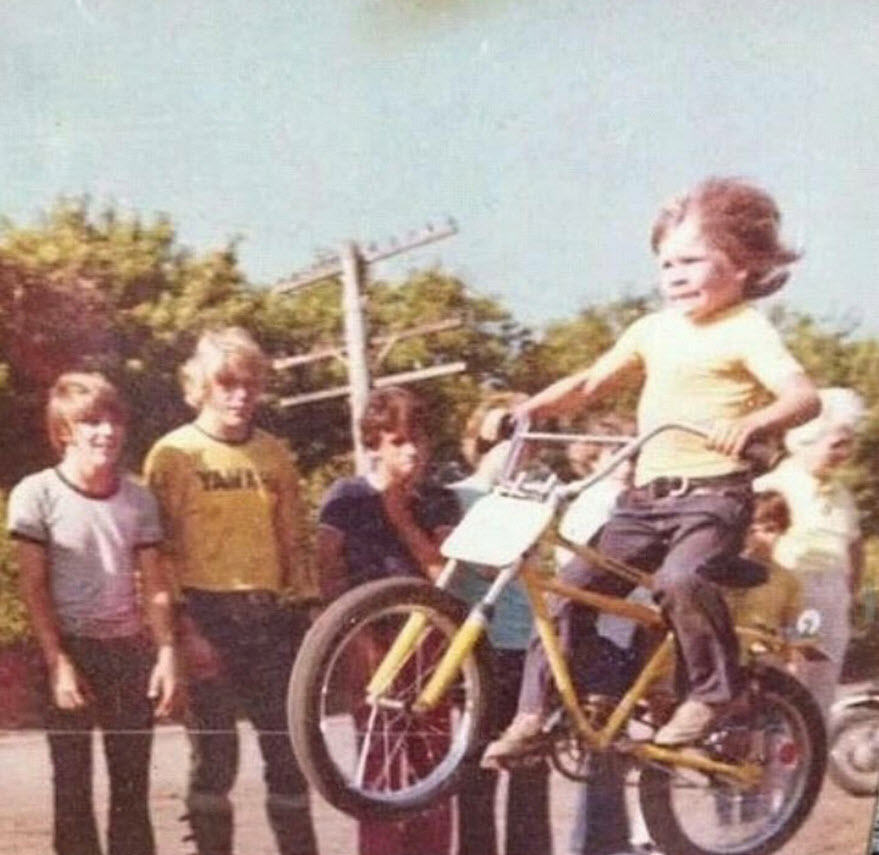
It’s how we rolled.
Then, when we were old enough to get our driver’s license, we started to terrorize the neighborhood righteously…
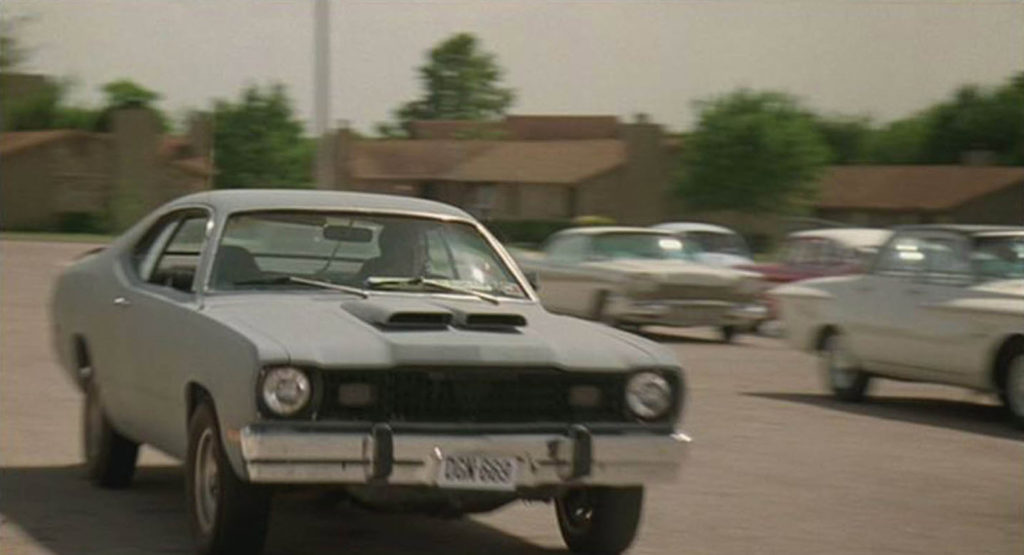
Wood Paneling
There isn’t anything that says 1970’s than a house with interior wood paneling. My own parents installed it in our television room around 1973. You simply cut it to size and then glue it to the walls.

The metric system
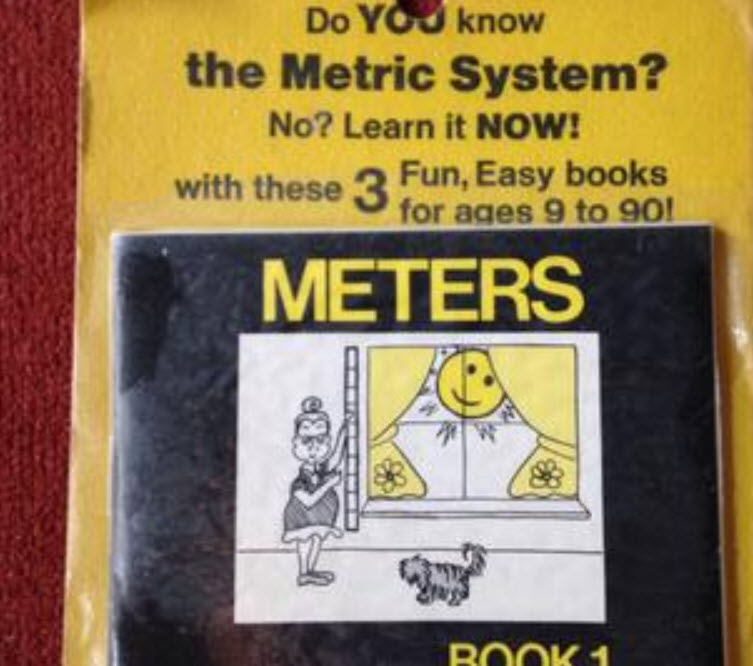
.
Thanks to the Metric Conversion Act of 1975, we were all prepared to start measuring things in meters, liters, and grams rather than feet, pounds, and quarts. It’s hard to overstate how big a deal this was in the late ’70s, especially if you were a kid. In school, we were inundated with pro-metric system films, which tried to win us over with the adventures of the Metric Marvels. You couldn’t find a kid today stressed out about metric conversion, but in the ’70s, we all lived with the fear that we’d have to be metric-ready at a moment’s notice.
Drinking beer
It’s true that there were laws about drinking alcohol. But they weren’t really enforced. The min-age to drink was 18, and even 16 in some states. And in states where you could work (with parent’s permission) at 14, and drive as well, no one gave a rat’s ass about whether your were drinking alcohol or not. It wasn’t a big thing.
Not like today.
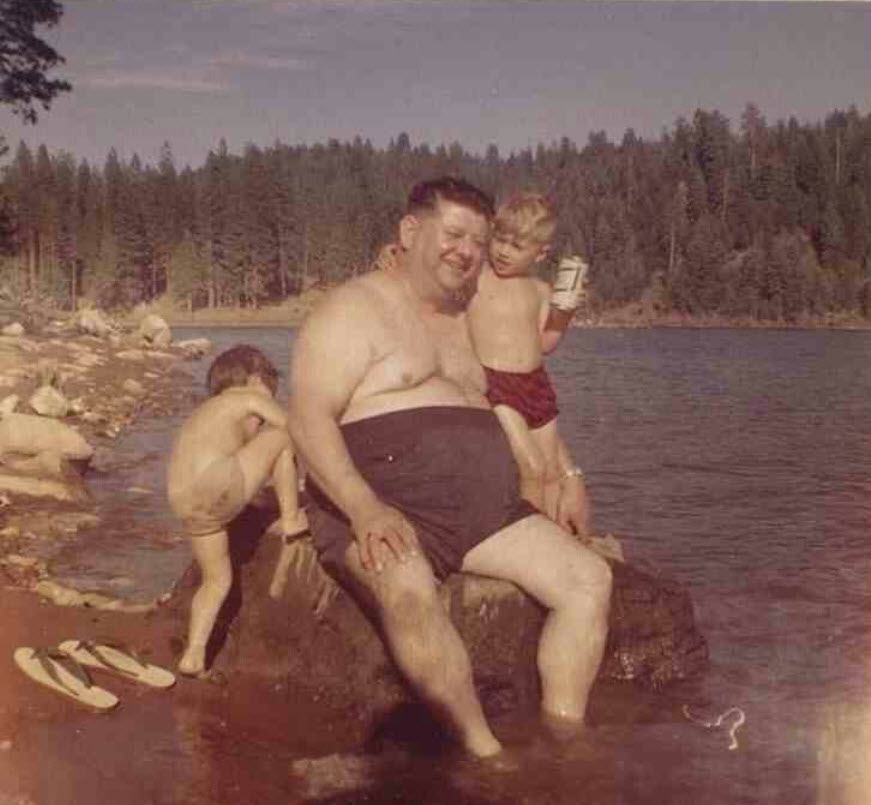
If the police caught you drinking underage, they would probably pour it out and tell you to drive home safely and go to bed.
Which happened on more than a few occasions.
Today… well, let’s be real. You’d spend the night in Jail and probably need to fork out a few thousand to a bail bondsman to get out so that you can go to work.
Some things never change
Ah. When going through some of these photos, I see things that could have very well been taken today…
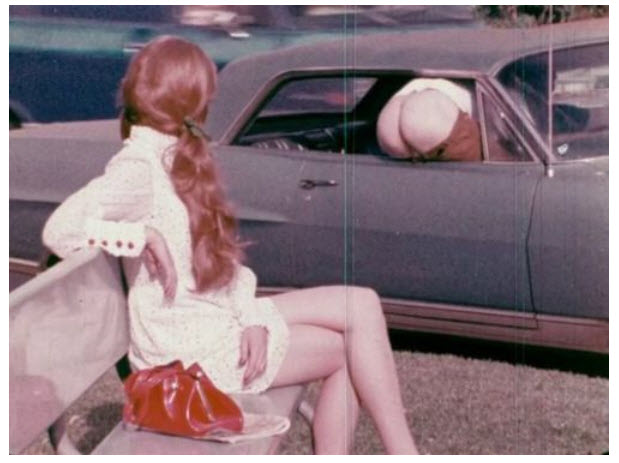
.
Some things never change.
Though, you might get arrested for sexual indecency and become a “Sex Offender” for the rest of your life.
Brutal playground equipment
Playgrounds in the ’70s were about as user-friendly as modern-day adult obstacle endurance races. Sure, there wasn’t as much barbed wire, but the equipment was just as unforgiving and brutal.

.
Monkey bars were made of cold steel that could break bones without mercy. Everything—from the slides to the seesaws, the swings to the merry-go-round—was built to withstand military strikes, and no ’70s kid would use them without anticipating at least the occasional bloody injury.

Being terrified to go in the water
Not everyone was, but enough of my friends were that I thought that they were really too-caught-up. I strongly believed that they needed to “loosen up” a bit.
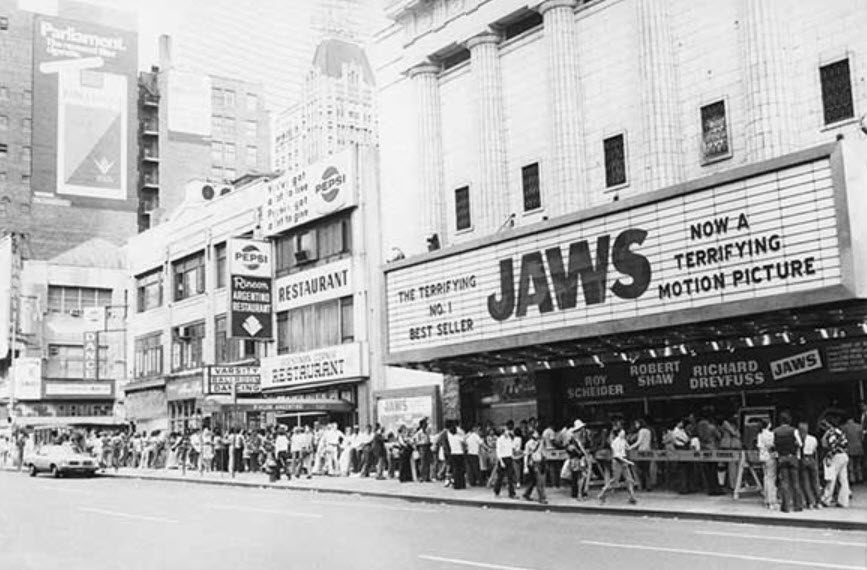
When Steven Spielberg’s Jaws first hit the theaters in 1975, it’s hard to quantify exactly how big an impact it had on our collective psyche. We weren’t just scared of getting into the ocean—even lakes and ponds and wading pools seemed to disguise shark fins. We looked for sharks virtually everywhere, certain that their ferocious fangs were just waiting to bite down hard on our toes and pull us underwater.
Smallpox vaccine scars
It’s a sign of being a “Baby Boomer”.
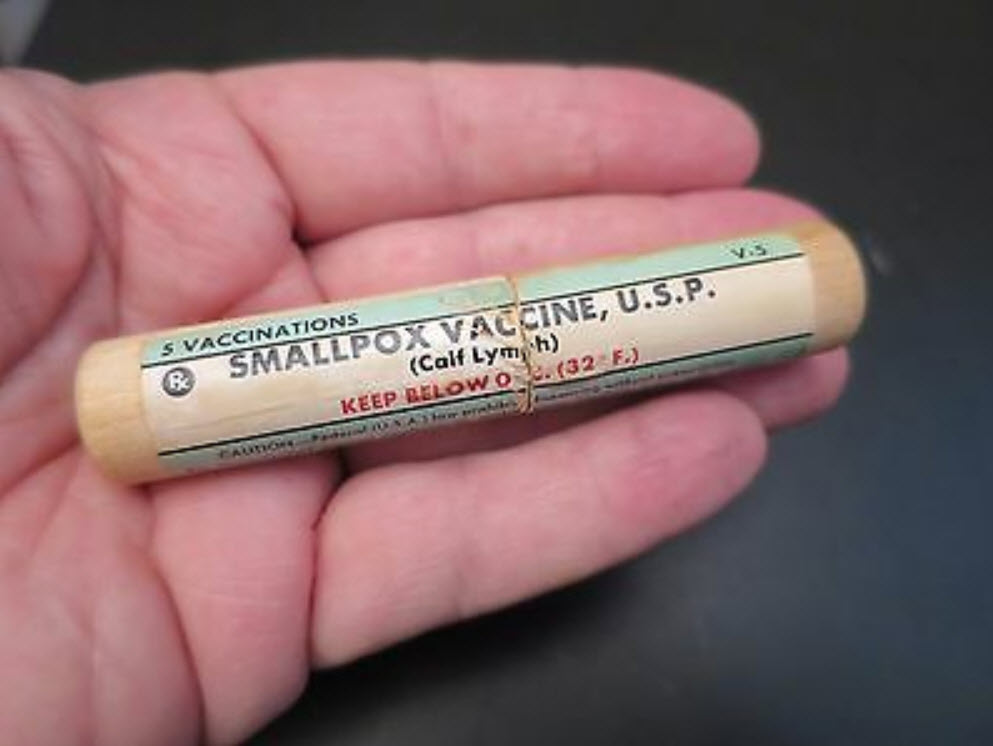
Before most doctors stopped routinely giving smallpox vaccines in the early ’70s, every kid had the same familiar scar on their upper arm, caused by the two-pronged needle that punctured our skin with all the delicateness of a staple gun. Yeah, it was scary, but smallpox was eradicated. And the fact that we all had the same scars almost felt like a badge of honor.
Being tricked into learning by Schoolhouse Rock!
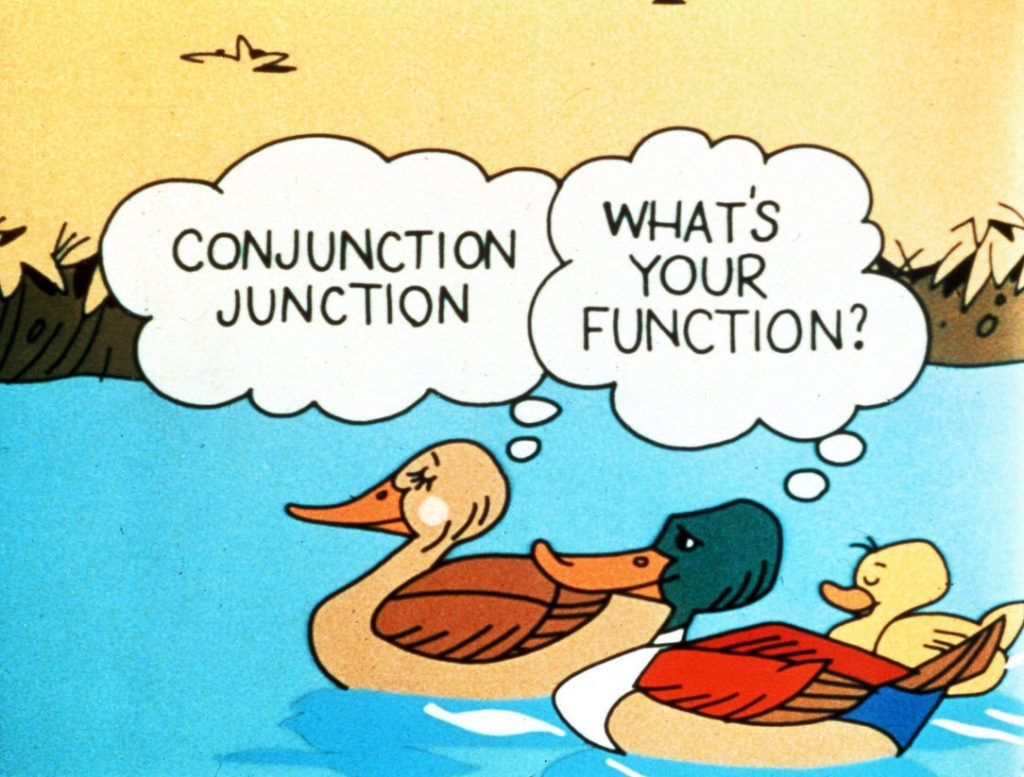
.
Saturday morning is supposed to be about eating sugary cereals and vegging out in front of the TV, watching animated shows with no educational content whatsoever. But the Schoolhouse Rock! shorts tricked us, teaching us about multiplication, history, and the differences between conjunctions and interjections without our even realizing it.
Thanks to their catchy songs, we knew all about the different branches of government and what carbon footprints are without ever cracking open a book.
Having the Oscar Mayer commercial stuck in your head

.
That Oscar Mayer commercial with the cute kid fishing while eating bologna played so often—and was so catchy—we could hear the familiar melody reverberating around our brains over and over and over.
Oh, I’d love to be an Oscar Meyer weiner That is what I’d truly like to be ‘Cause if i were an Oscar Meyer weiner Everyone would be in love with me Oh, I’m glad I’m not an Oscar meyer weiner. That is what I’d never wanna be ‘Cause if i were an Oscar Meyer weiner there would soon be nothing left of me Another variation is: I wish I were an Oscar Mayer Weiner That is what I’d truly like to be ‘Cause if i were an Oscar Meyer weiner Everyone would be in love with me Oh, I’m glad I’m not an Oscar meyer weiner. That is what I’d never wanna be ‘Cause if i were an oscar meyer weiner Everyone would take a bite of me.
The only thing worse was when it got replaced by that “I’d like to teach the world to sing” Coca-Cola commercial! (We’re sorry.)
School assignments printed on ditto machines
And oh they smelled so good!
In 1960s and '70s-era classrooms, it was an olfactory treat whenever the teacher passed out fresh-off-the-machine purple print “ditto” sheets to the class. Virtually every student immediately held the page to his face and inhaled deeply. -11 Smells That Are Slowly Disappearing | Mental Floss
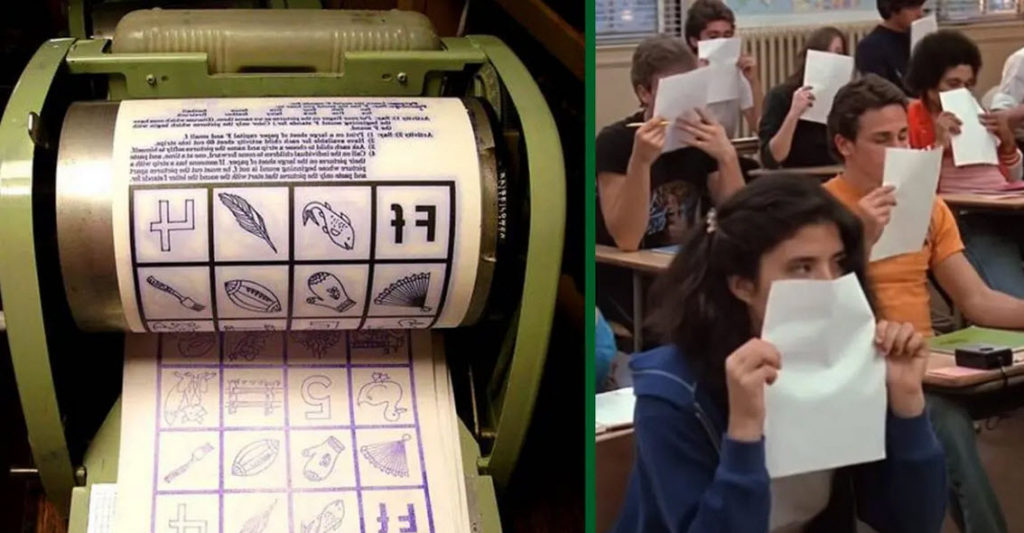
.
When I was in elementary school in the 1960s and into the early 1970s, teachers gave homework and classroom assignments, quizzes and tests on Ditto worksheets. We wrote on them so often that my classmates and I became intimately familiar with the aniline purple color of the Ditto—as well as the mesmerizing smell that emanated from the freshly printed sheets.
Making Dittos was a two-step process. The first step was to prepare the master, a two-ply form that had an easy-to-write-on paper sheet on top and a wax-coated sheet on the bottom. Our teachers would either hand write or typewrite the schoolwork onto one of these typically letter-size Ditto master forms. The pressure of the pen or the typewriter would transfer wax from the bottom sheet onto the back of the top sheet.
The second step—after discarding what was left of the bottom sheet—was to mount the master, bottom side up, onto the Ditto duplicating drum. The wrong-reading wax image contained the “ink” that was progressively broken down by the chemical spread across the drum as it was rotated—often by cranking the cylinder manually—and came into contact with the paper. Several dozen Ditto sheets could be easily produced within minutes.
Any worksheet or homework assignment passed out to students in a ’70s classroom was likely created using either a ditto or mimeograph machine. Who could forget the way they left purple ink on your fingers, or that unmistakable odor?
Using Silly Putty to preserve newspaper comics
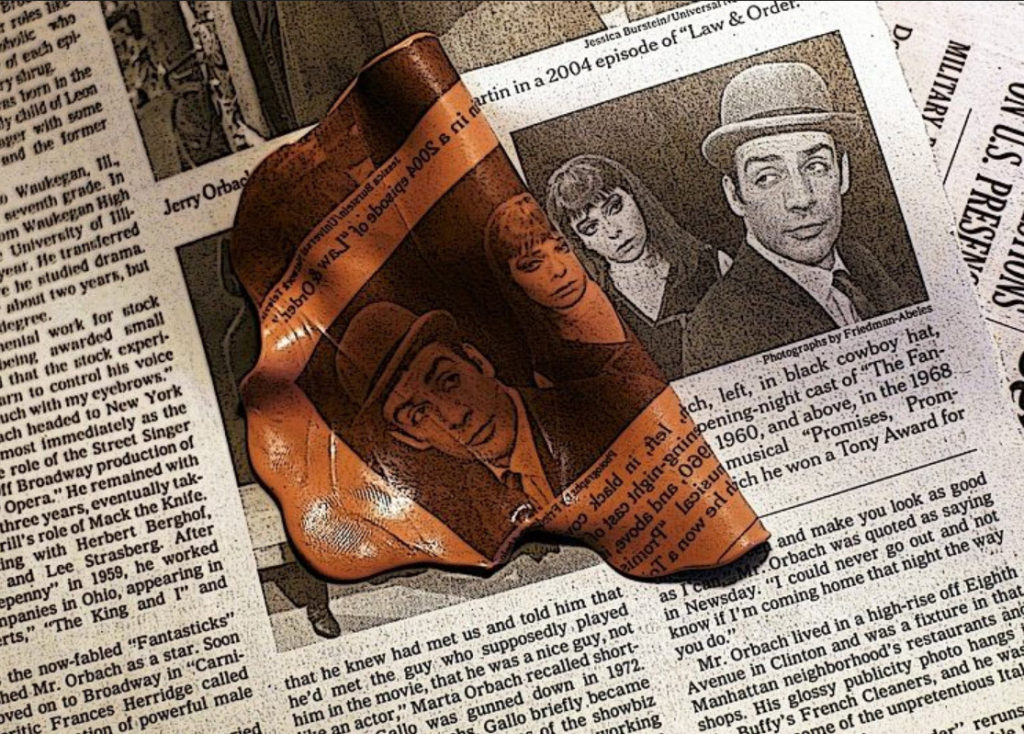
We felt like geniuses for discovering that Silly Putty could be rolled over the comic section in a newspaper and perfectly reproduce our favorite Garfield strip. Today, most newspapers use non-transferable ink, so any kids wanting to try this experiment are out of luck. Sigh.
Slide Rules
Call me a nerd, but I loved my slide-rule. Unlike my fellow classmates, who embraced their new fangled calculators that were just coming out, I used mine for all sorts of engineering and science subjects.
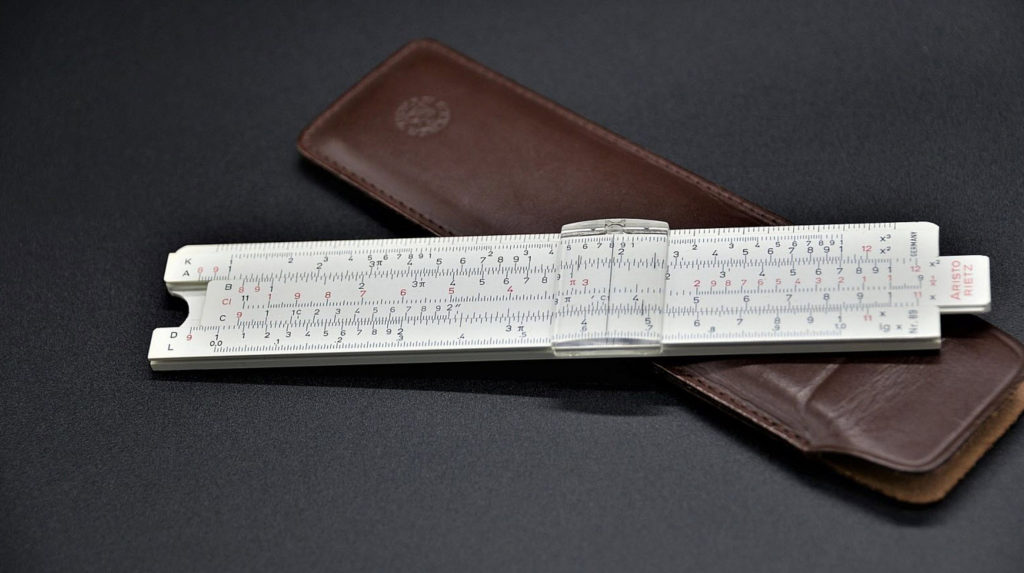
There is even an application for a slide rule for your Windows Computer. You can go ahead and get it HERE. Or better yet, check out these links…
- Digital Slide Rule – Animated Software Company
- Slide Rule Software – Sphere Research’s Slide Rule Universe
- Slide Rule – Free download and software reviews – CNET
- SLIDeRULe – Free download and software reviews – CNET
- SlideRule | SlideME
- Virtual Flange Slide Rule for PC Windows or MAC for Free
- Slide Rule Simulator Emulator Replica Collection
Not at all useful, but a joy to behold and quite beautiful in it’s own way.
Pencil cases with attached slide rulers and sharpeners
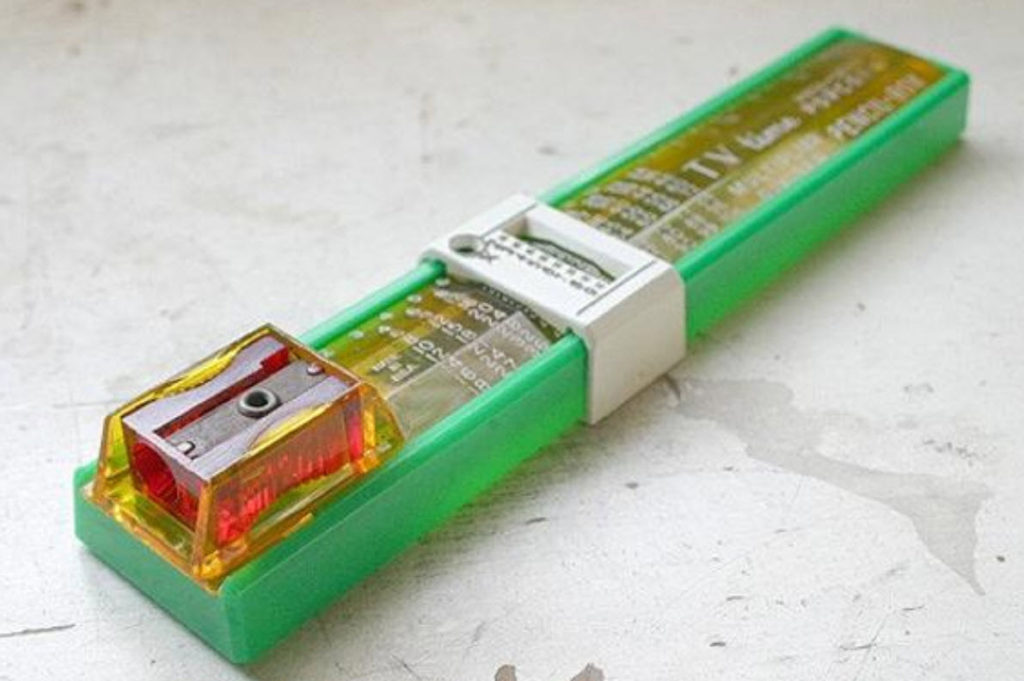
It was an essential school supply back in the ’70s, the epitome of high-tech pencil gadgetry. Pulling one of these out of your backpack meant you were serious about learning—or at least looking like the coolest student in your class. Pencil cases have become as extinct as… well, pencils. But the plastic pencil case in 1975 was the iPhone of its era.
Never consuming Pop Rocks and soda at the same time
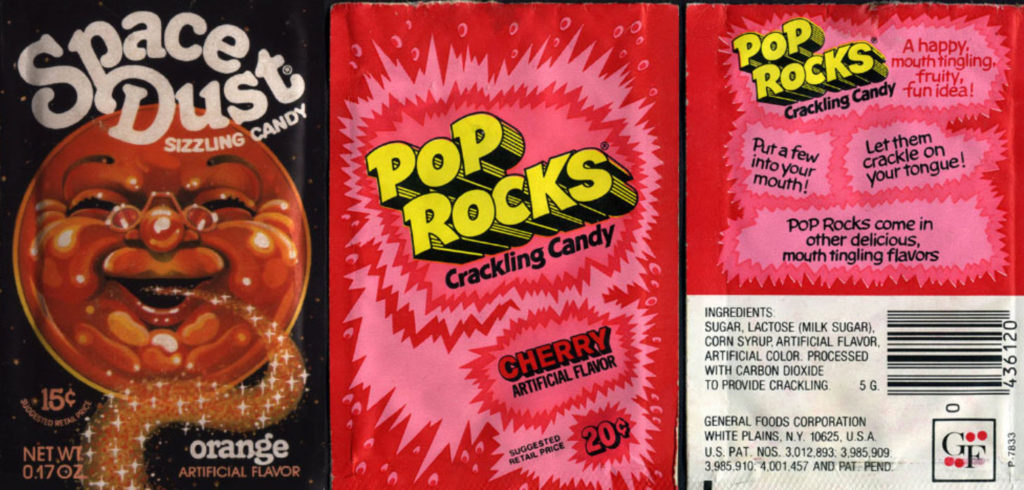
Every ’70s kid had heard that terrible rumor about Mikey, the picky eater in the Life cereal commercial. Apparently, despite the warnings of his friends, he had consumed the deadly combo of Coca-Cola and Pop Rocks, and the carbon dioxide had caused his stomach to inflate to a lethal degree. What happened next? Well, his stomach exploded, of course, and poor Mikey died on the spot! The rumors were, of course, completely false. But that didn’t stop us from believing them. In a world without Internet, we had no choice but to trust what the smartest kid on the playground was telling us.
Moving the TV antenna for better reception
We called them “rabbit ears”.

And we used them is “complete” systems like this…
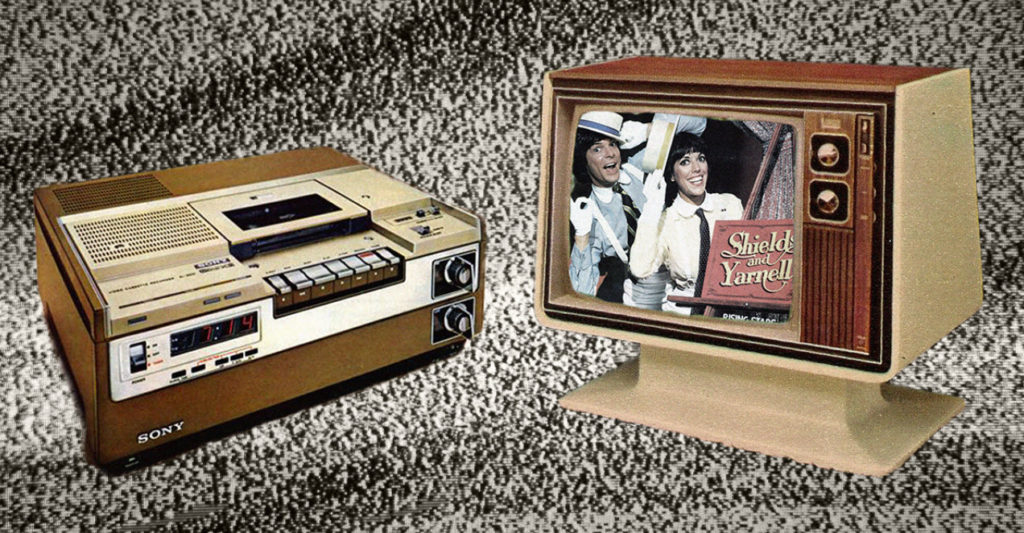
.
TV reception in the ’70s was unreliable at best. If the picture was distorted with zig-zag lines—or, worse, the dreaded “snow,” where everything was fuzzy—the only way to fix the problem was to adjust the antenna, otherwise known as “rabbit ears.”
This involved twisting and turning until slowly, so slowly, you captured a better signal and the picture started to come into focus. But even then, just removing your hands might cause the picture to disappear yet again. It was a long and arduous process to get the kind of visual consistency that TV audiences today take for granted.

.
But, on the other hand, television was FREE.
You didn’t need to subscribe to cable, to a television satellite service, or some kind of streaming internet service. And it is still free, too. It’s just one of those way-under-reported elements of life that exists today in a world full of gigantic multimillionaires ruling over a land where everything has a price tag.
...don't knock tv antennas. use them and you'll still get plenty of channels and save lots of money and not be a slave to the cable company. shame on saying it's something you're glad to get rid of -x60hz11 RonaldFelder
Typewriters
Before Microsoft Word were Word Processors, and before them were typewriters.
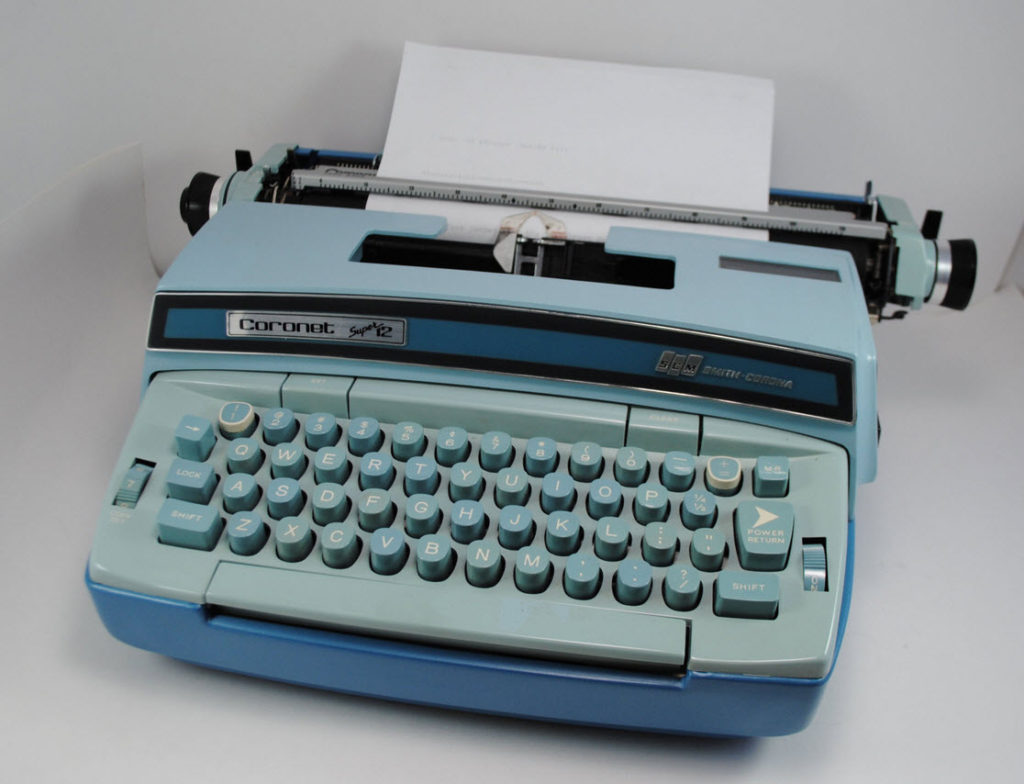
.
Decades before email or texting existed, if you were writing to a friend or family member, you either did it by hand—a long and excruciating process, especially if you had a lot to say—or you used a typewriter. The unmistakable metallic clang of typewriter keys pounding on paper is something that few of us who lived through the ’70s will ever forget.
Secondhand smoke everywhere
And the freedom was glorious.
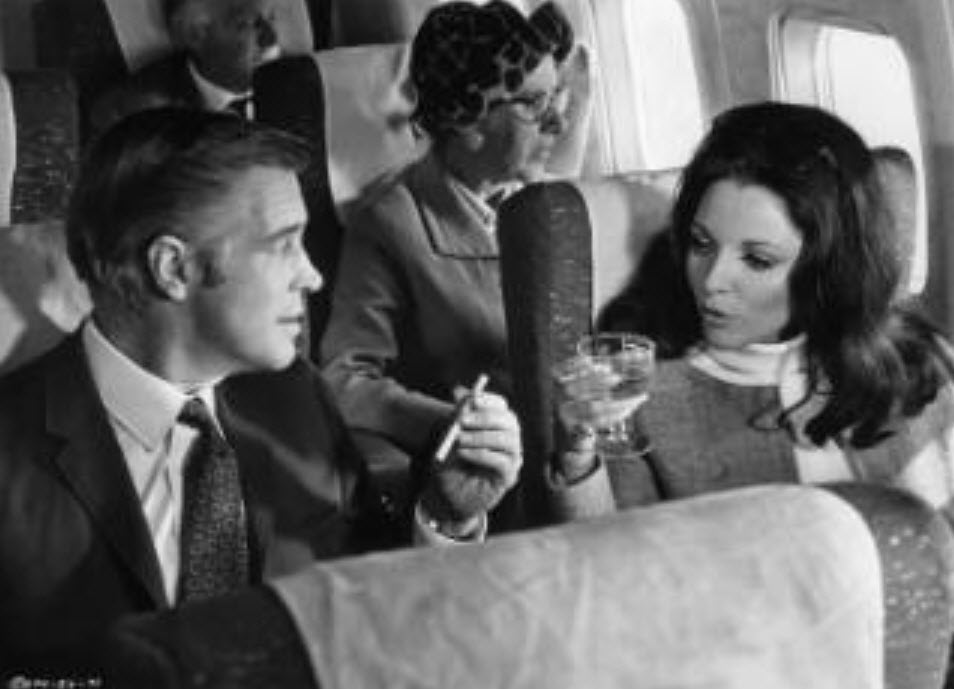
.
Smoking wasn’t just acceptable in the ’70s—it was ubiquitous. In offices, restaurants, airplanes, homes, and most public buildings, everybody was puffing away on their cigarettes without a care in the world. No busybody is going to tell you to go outside in the rain to smoke near the gutter or trashcan. No one even cared.
People smoked everywhere. Restaurants, parks, in taxi’s, on the train,at work and on airplanes.
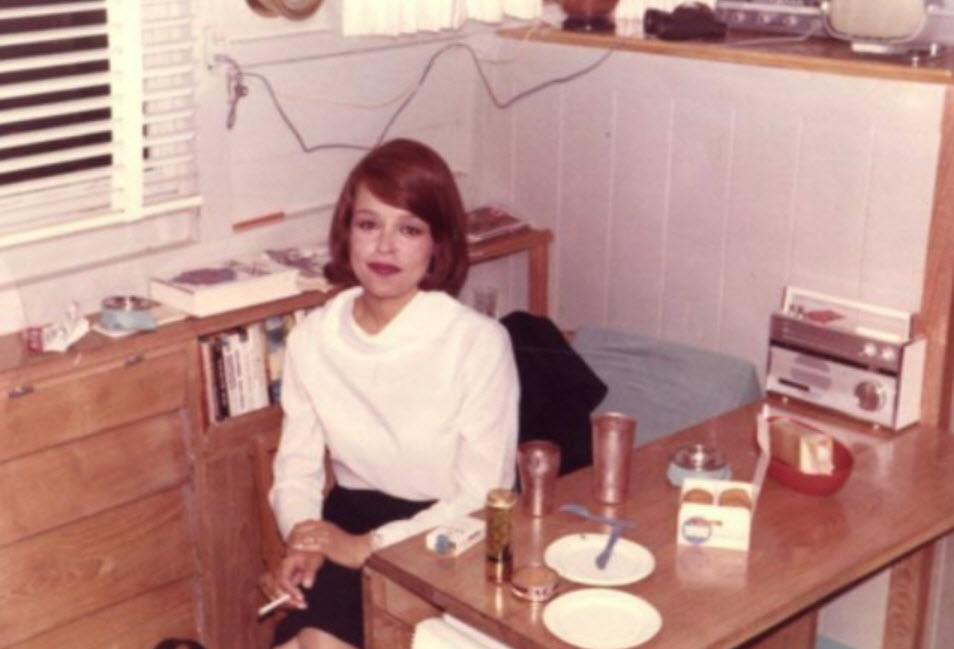
.
People smoked. It was as natural as drinking Pepsi and eating a hamburger. The prices for cigarettes were very cheap, and no one had the nerve to tell you what to do with your own body. It was unheard of. And if you did, the response probably would be “Hey Man! What’s your fucking problem?”
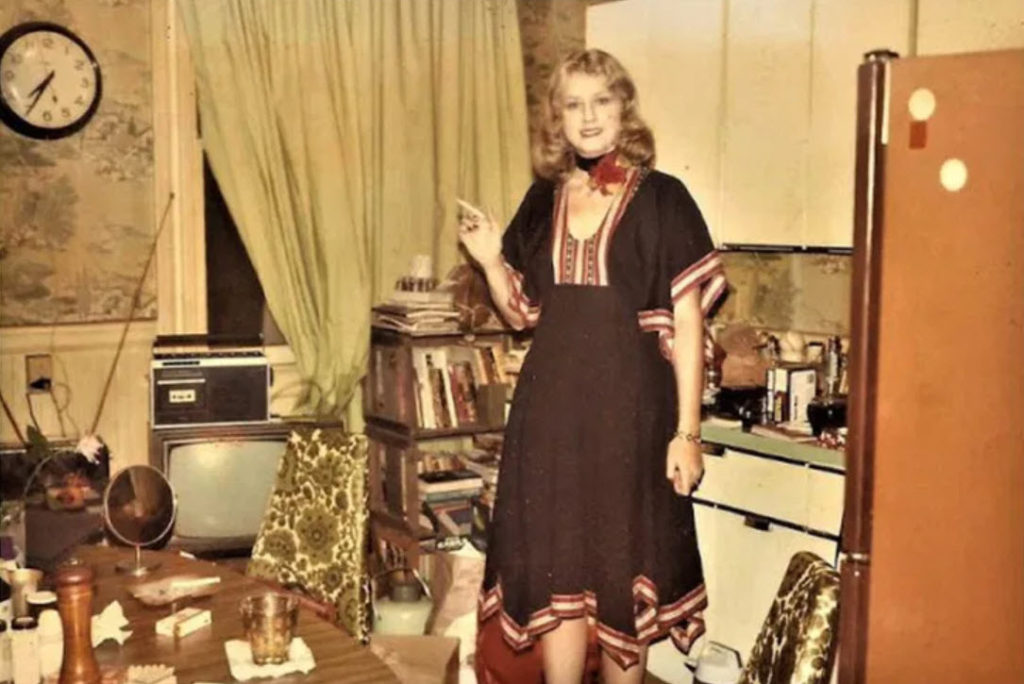
.
And those wooded crate that her books were in, those are crates for eggs. I used them for my record album collection. In those days they were real wood. Flimsy things, but they did the job all rightly.
Headsets for the Stereo
Well, we have headsets today, but they are used differently. Back in the 1970’s if you had a stereo, you also probably had a pair of headsets. And while your parents might have bought them for you so that they could have some peace and quiet, the chances are that you probably used them while the stereo was blasting through the speakers. You know, for the “full effect”.
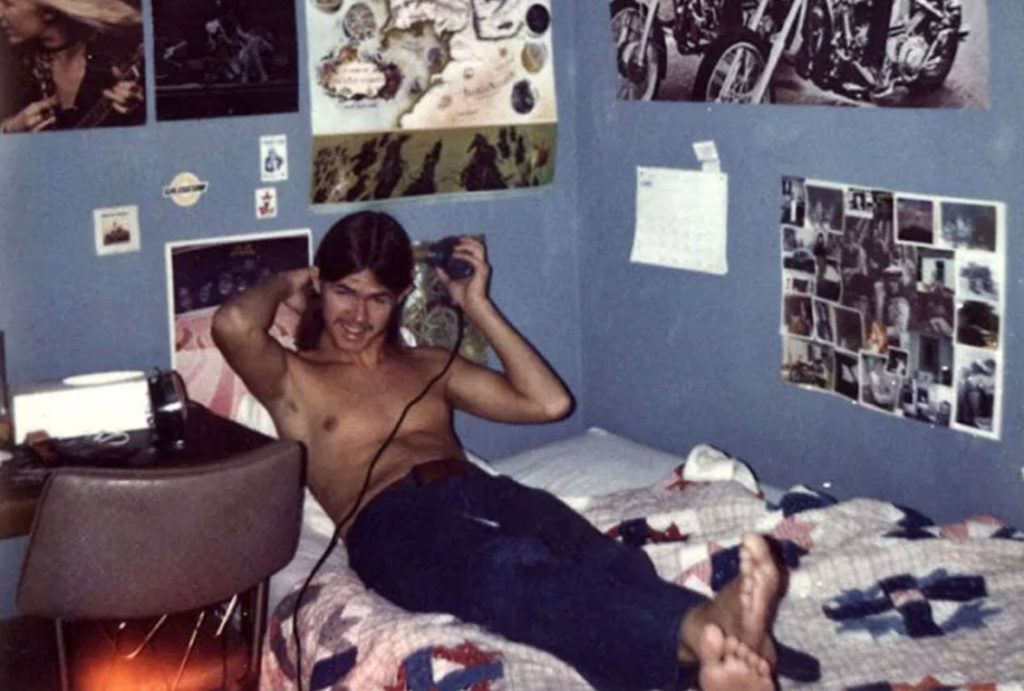
.
This is what we pretty much did. Here’s a scene from the iconic movie “Dazed and Confused”.
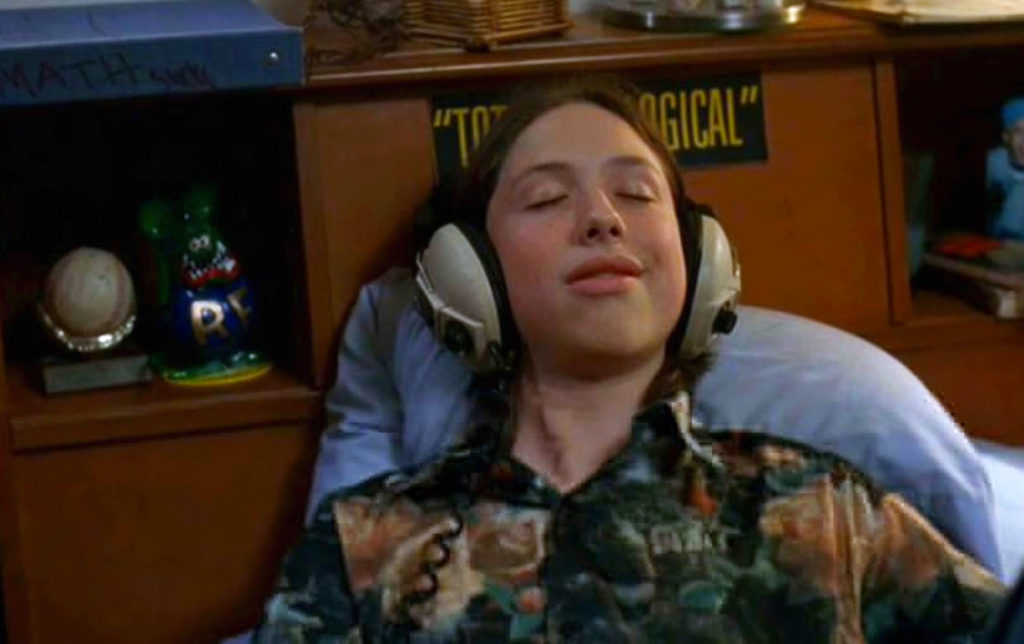
Debating what “American Pie” was all about
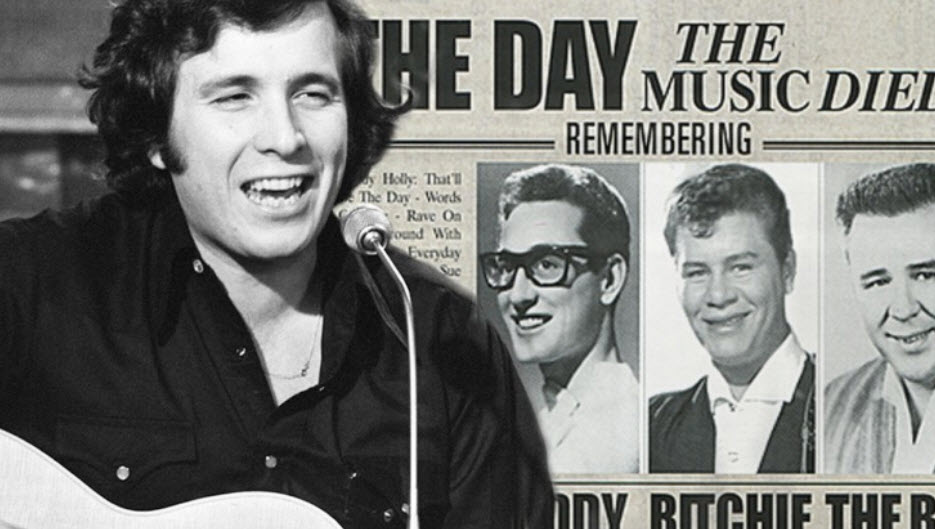
.
What was going on in Don McLean’s 1971 hit? Nobody knew for sure, but plenty of kids had a lot of theories about who the jester was and why he was stealing the king’s thorny crown, and if “Jack” was supposed to be Mick Jagger or Bob Dylan or somebody else entirely. Was the whole song really about Buddy Holly dying in a plane crash and McLean feeling sad about it? In those pre-internet days, your guess was as good as anybody else’s.
Macramé home décor
Macramé home décor was especially popular in the ‘70s. A lot of different home decorations were macramé including curtains and plant hangers, but nothing was more popular than the macramé owl.
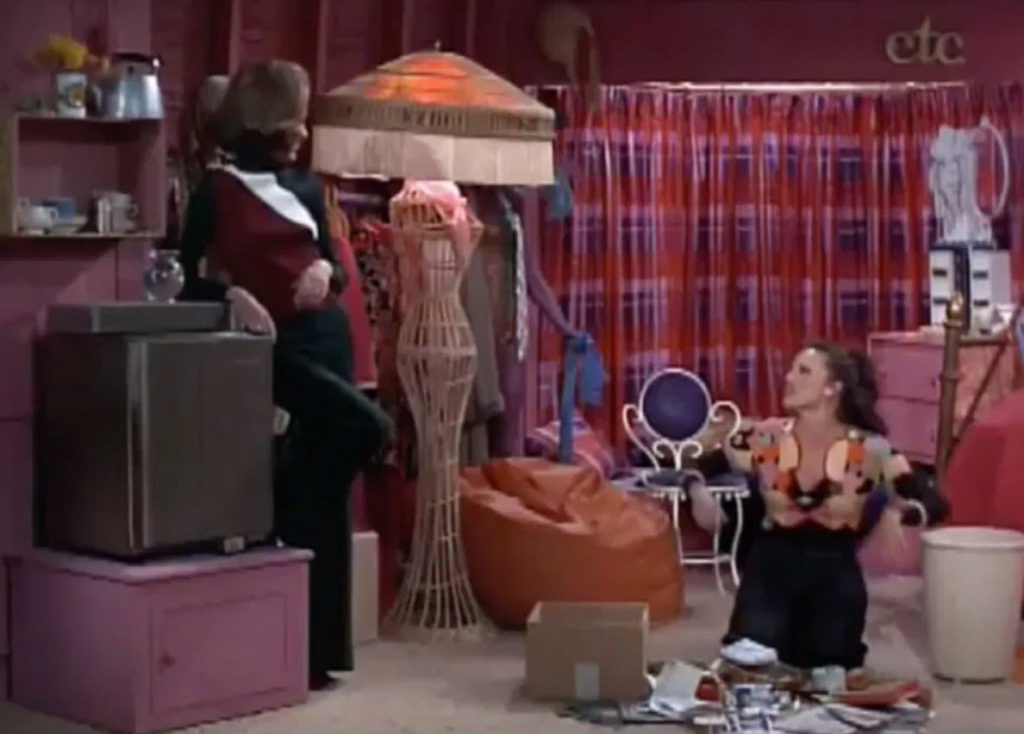
The groovy pop-culture era is a phenomenon that stands out among many others. Sometimes it seems like it was a million years ago and sometimes it seems like just yesterday. Check out this “far out”, very cool kitchen…
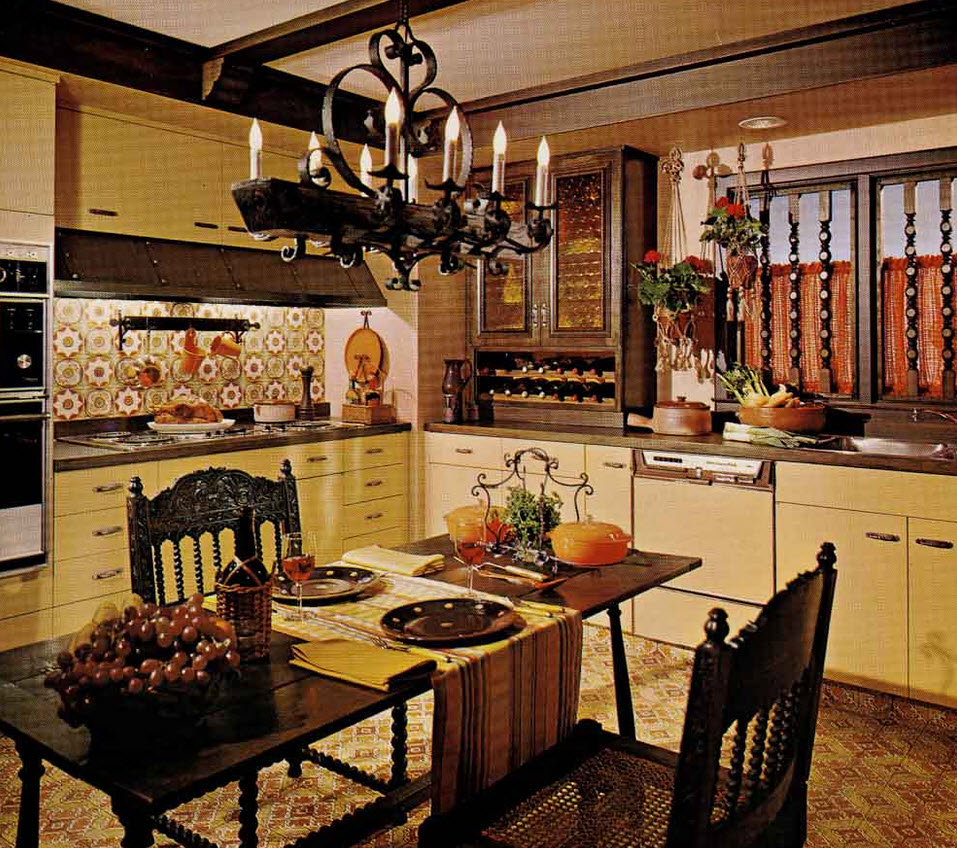
Shaking “instant” Polaroid photos to help them develop faster
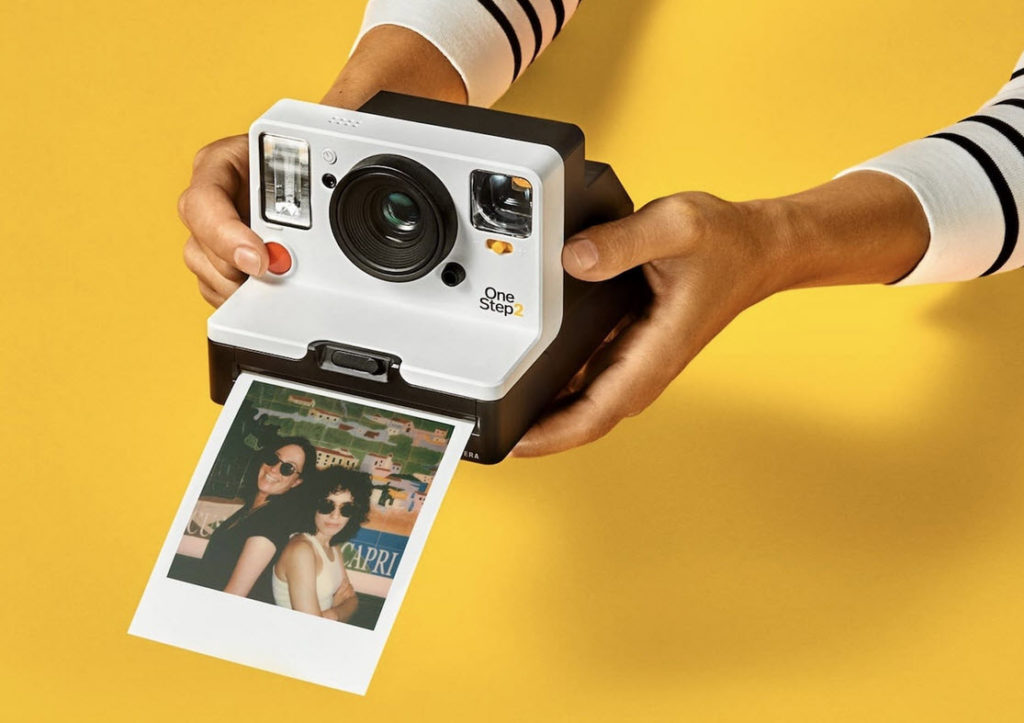
.
As Outkast reminded the world with their 2003 hit “Hey Ya!,” the ’70s taught us how to “shake it like a Polaroid picture.” Or at least, that’s what we all believed. The moment a new picture slid out of a Polaroid instant camera, we pinched it between two fingers and shook it vigorously, as if air drying was the only way to get the clearest image. It wasn’t until 2004 when we finally learned it was all bogus. As Polaroid helpfully explained, “shaking or waving has no effect.”
Bicycle helmets not being required
It’s pretty silly that a government that doesn’t give a rat’s ass about the people, would require them to do all sorts of things “for their safety”. But that’s America for you.
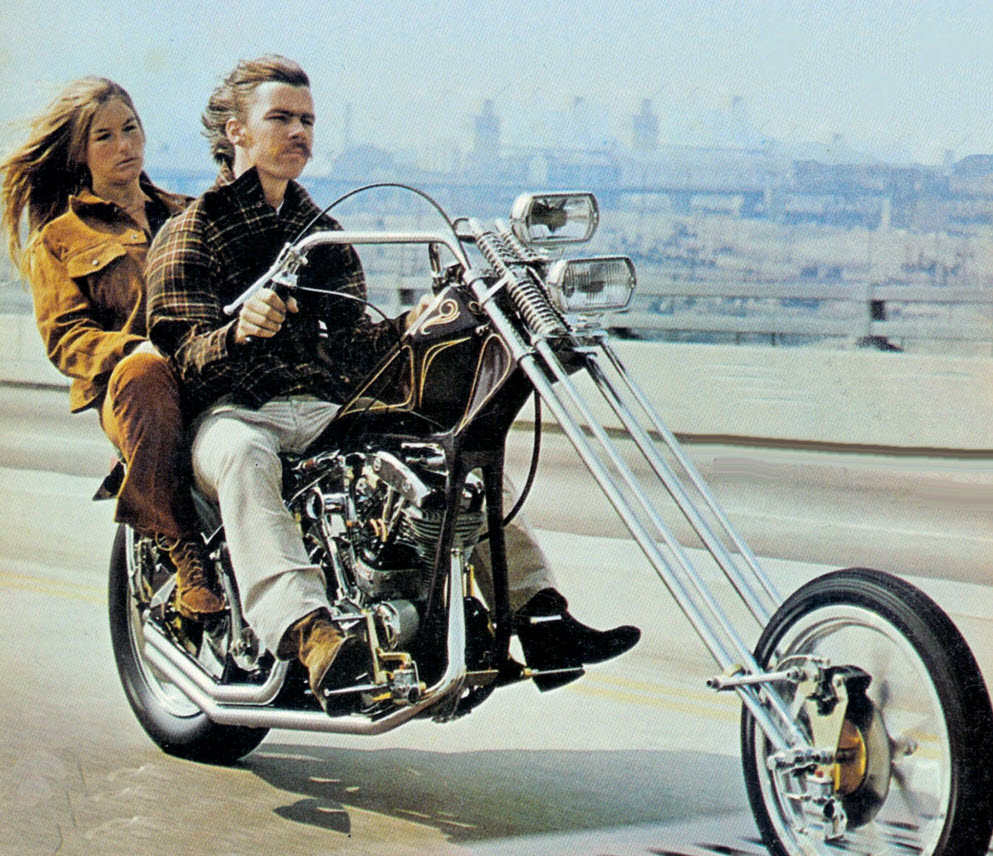
.
If you wore a helmet while riding a bike during the ’70s, it meant either that you were recovering from a serious cranial injury or you were terrified of even the most minor of accidents. We just weren’t as safety-conscious back then.
In those days, freedom actually meant something. it wasn’t confused with “safety” or “cleanness”, like it is today.
Clackers
Everyone had these.
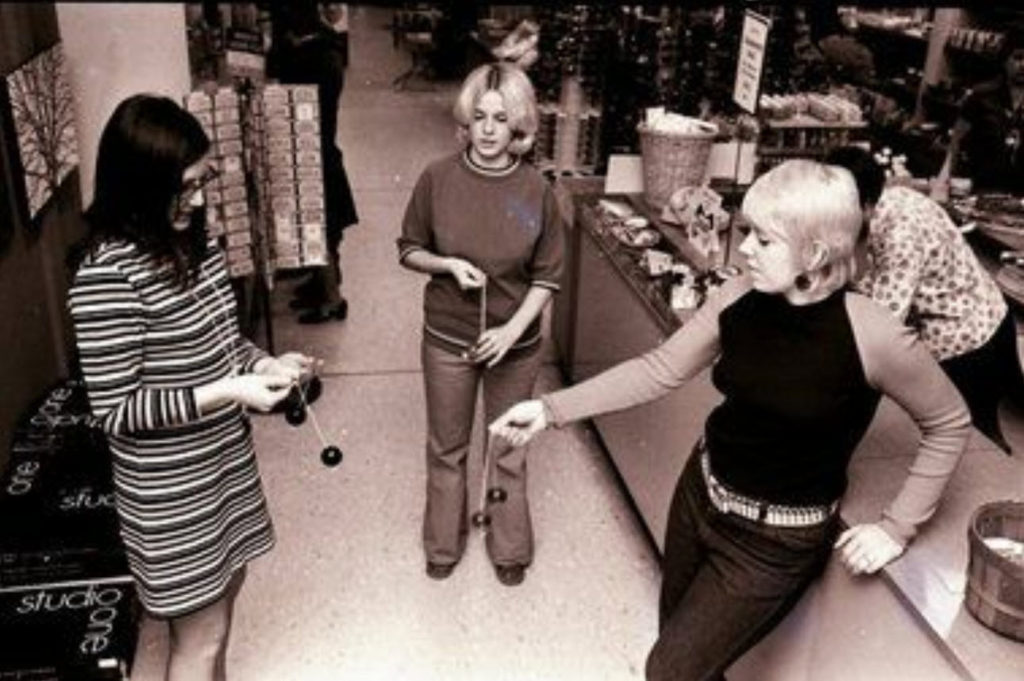
.
So simple and yet so entertaining. Consisting of two heavy acrylic balls attached to a string, you basically knocked the two balls together as fast as you could… and that was it. Somehow it kept us entertained for hours, or at least until some kids started overdoing it with the clacker enthusiasm and the balls shattered and caused shrapnel-related injuries. Clackers were deemed weapons of mass destruction and officially pulled from stores.
Me. Well, I put them in an oven and baked them. LOL.
Aluminum can tabs
The 1960’s was known as the time where you needed a triangular “can opener” to open up your favorite can of beer. You would do so with the heavy gauge steel can, and make two triangular indentations. One large one to drink from, and one small one for the air to get in.
Then, in the 1970’s the pull-tab was invented, and life was forever changed.
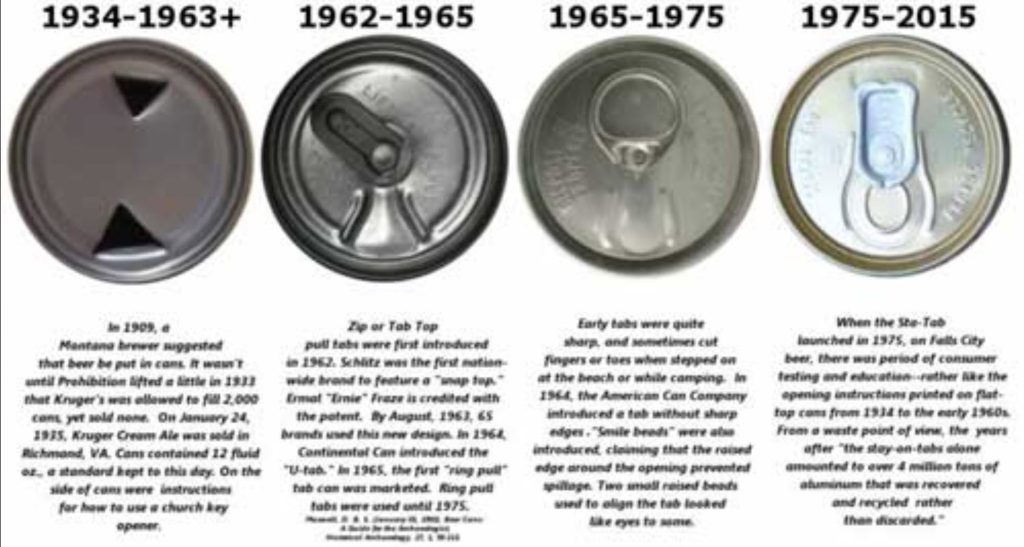
.
Opening a soda in the ’70s required pulling a ring that tore open a small wedge shape on the top of an aluminum can. Then the ring would be thrown away, usually on the ground where somebody would invariably step on it and hurt themselves. Injuries from those metallic tabs became a nationwide epidemic.
One 1976 New York Times report remarked that a large percentage of beach injuries “were due to cuts inflicted by discarded pop tabs,” Slate noted. Getting a tetanus shot was the only way to survive in a world littered with soda can tabs.
Fixing mistakes with Wite-Out

.
The “delete” button of the ’70s came in a little jar full of white liquid, which could be painted across anything in a letter or school assignment that we wanted to make disappear. It wasn’t quite as magical as it sounds, since you had to wait for what felt like forever for Wite-Out to dry, and sometimes you had to blow on the paper, which just made you feel ridiculous. By the time it was ready to put back in the typewriter, you’d have completely lost your train of thought.
Sea-Monkeys

.
Those ads in the back of comic books were too irresistible for most kids. Why would we not want to have our own anthropomorphic sea creatures, living in a tank and looking reverently out at our bedrooms like we were gods?
But when the Sea Monkeys arrived, we learned the hard lesson that you shouldn’t always believe advertising.
The creatures didn’t look anything like tiny humans at all, because they were actually a type of brine shrimp, the most boring aquarium pet a kid could ever ask for.
Station wagons with wood trim
Ohhhh baby!

.
Why so many people were drawn to cars that looked as if they were made at least partly out of wood is anybody’s guess. Maybe they were responding to some residual hippie influence, and they couldn’t resist a car that was seemingly constructed from biodegradable materials harvested in pesticide-free gardens. It was all bunk, of course—the wood texture, more often than not, was just vinyl siding—but especially in the ’70s, appearance was more important than reality.
Thing Maker
Parents thought it was perfectly safe to let kids make their own artsy crafts by putting plastic in the oven. Totally cool. We were able to mix chemicals, and bake them in ovens and crate all sorts of wondrous dangers. Thingmaker came with it’s own oven. It was glorious!
It introduced me to molds, plastic injection molding and hardware design.
The concept of the Thingmaker was first introduced in 1963, as an extension of Mattel’s “Vac-U-Maker” line. Thingmaker Creepy Crawlers by Mattel was by far my absolute favorite toy as a kid and I got my first one in 1968. I spent hours in my room playing with this and spilling plastic goop on my carpet. I loved overfilling the metal molds just slightly so I could peel off the excess. I burned myself more than a few times and have the scars to show. I also had Creeple People and Incredible Edibles, but neither of these was as cool as the original Thingmaker. I cannot believe I played with this toy totally unsupervised starting at the age of 10! There have been several revivals of the Thingmaker – the first in 1978 was called the Thingmaker II and employed safer technology. This toy used a totally different type of goop and plastic molds, into which the heated Plastigoop was poured. The reformulated Plastigoop did not work well, the bugs and insects were shoddy, and the process was painfully slow, so it went kaput fairly quickly. In 1992, ToyMax reintroduced the Thingmaker with much stricter safety regulations. This new version of the Creepy Crawlers set once again used metal molds and a goop similar to the original. ToyMax went out of business around 2002, and yet another company, Jakks Pacific started producing a similar toy starting in 2006. The Vac-u-Form, also called Vac-u-Former, was a toy manufactured by Mattel in the 1960s. Using an industrial process called vacuum forming, a rectangular piece of plastic was clamped in a holder and heated over a metal plate. After the plastic softened, the holder was moved to the other side, over a mold of the object to be formed. Pressing a handle on the side of the unit created a vacuum, which caused the plastic to be sucked down over the mold and form a shape. When the plastic cooled it solidified, creating a little model of the item, such as a car, boat, or tiny log cabin -Consumer Grouch
The Pacer
My first car after I wrecked my GTO. Sigh! I loved that car.
But the Pacer, or the Pacer-rooo as we liked to call it was perfect for the era. It was like riding in this big quiet glass bubble, and we would listen to tunes and watch the world go by…
…slowly. Very slowly.
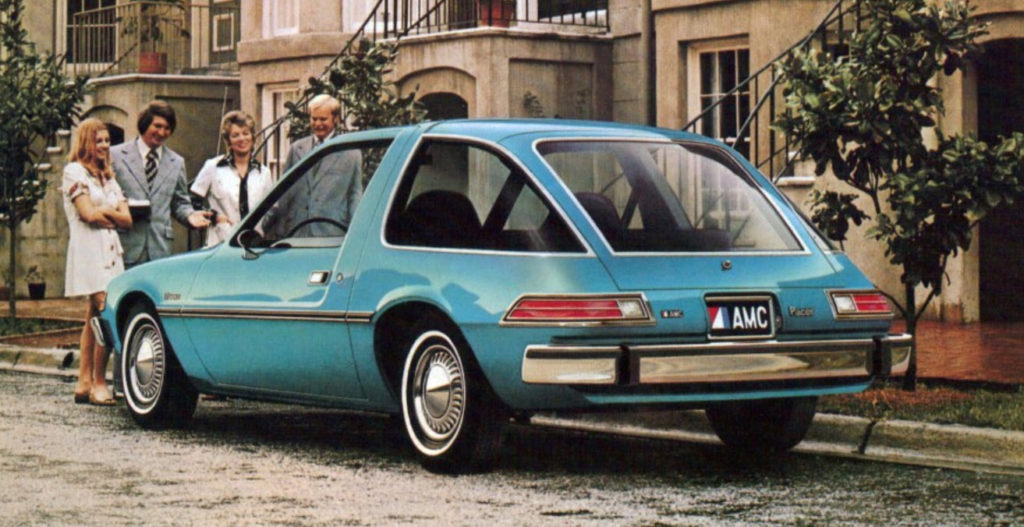
.
Drinking tons of Tang
My personal formula was 50% of the glass filled with Tang powder, and the remaining part water.
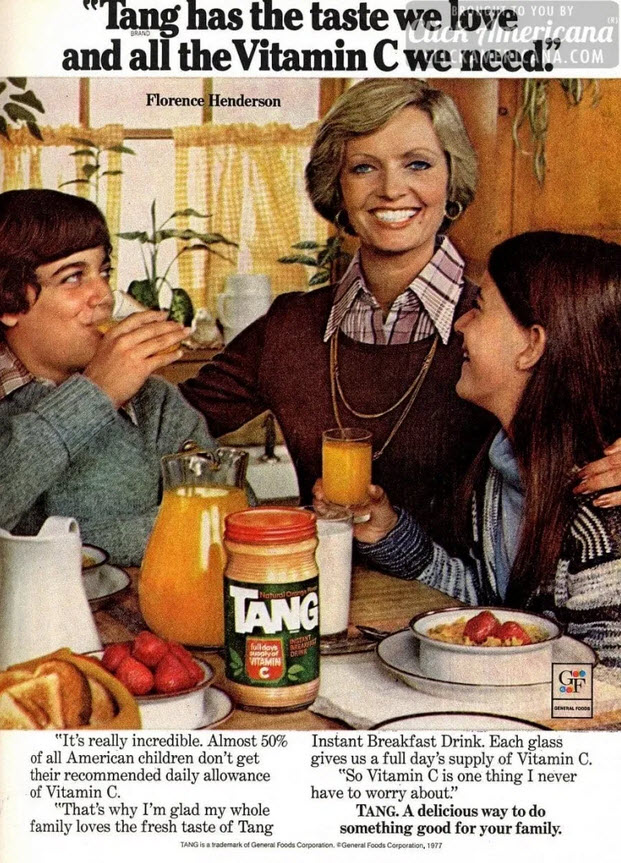
.
The makers of Tang drove home the idea that their instant beverage, which tasted vaguely of oranges, was the nutrition of choice for astronauts everywhere. And that was enough for us to believe that just drinking Tang for breakfast put you in the same intellectual company as the brave astronauts of NASA. Even though Buzz Aldrin, the second man on the moon, once famously said he was not a fan of Tang, that wasn’t the popular opinion in the ’70s.
Relating to one of the Brady Bunch kids
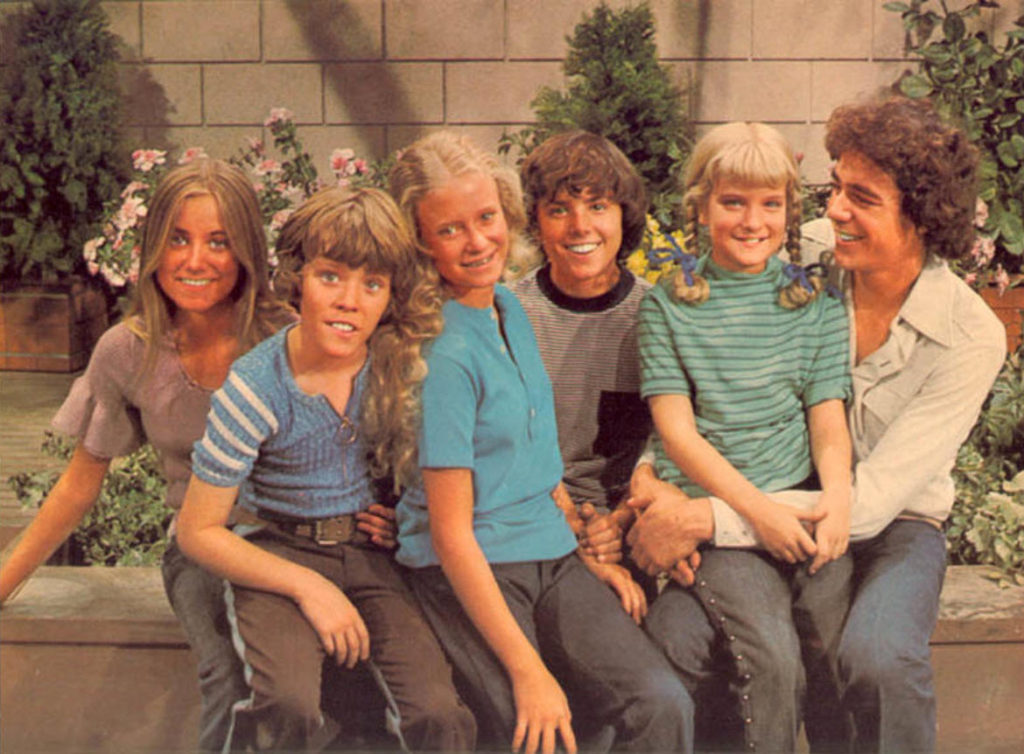
.
Whether it was ambitious ladykiller Greg or awkward middle child Jan or young dreamer Bobby, there was somebody among The Brady Bunch that resonated with just about every ’70s kid. The oversized family that was too perfect to exist in the real world somehow still managed to reflect our individual quirks and idiosyncrasies.
Metal lunch boxes

.
A plastic lunch box? That would’ve seemed inconceivable to a ’70s kid, who proudly carried around a lunch box sturdy enough to protect bologna sandwiches from an air strike. The characters featured on the front of these lunch boxes, whether Evel Knievel or Strawberry Shortcake, said a lot about our personalities.
48 Hassocks
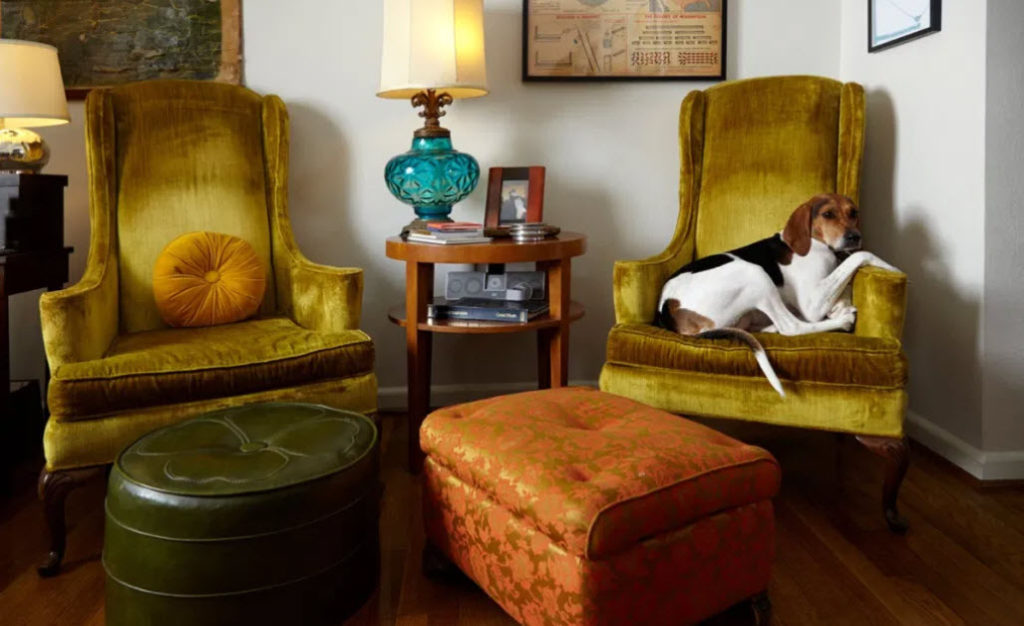
.
These round ottoman seats became weirdly popular during the ’70s, and always in the most outrageous colors—like avocado green or neon orange. They were meant as foot stools but kids knew they were perfect for stretching out, or curling up on for cat naps, or even spreading out on stomach-first and pretending we were flying like Superman. Ah, those were the days.
Taping songs off the radio
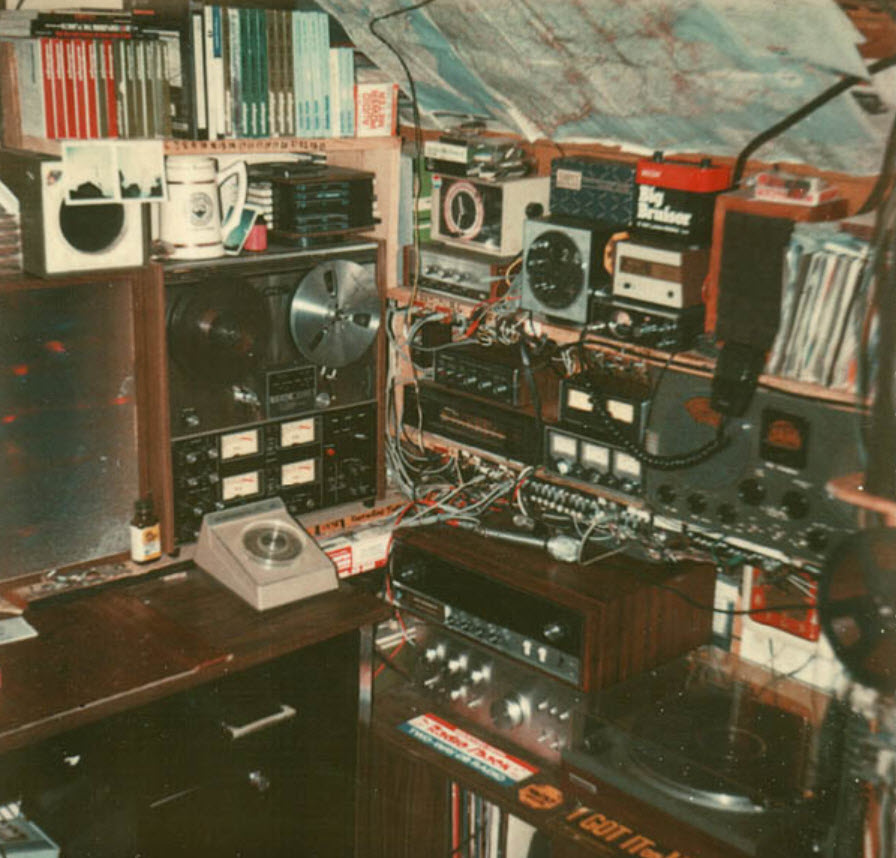
.
The music piracy of its day! When you had a new favorite song but there wasn’t enough in your piggy bank to buy the album or 45 rpm single, you would sit next to the radio with your portable cassette recorder and wait… and wait… and wait… until finally that song you loved so much started playing, and you immediately pressed down on the record button, capturing those beautiful sounds for free.
A chopper bike with a banana seat
Oh baby, I had a burnt orange bike. Tall handle-bars. White banana seat. Red reflectors, and drag-strip rear tire.
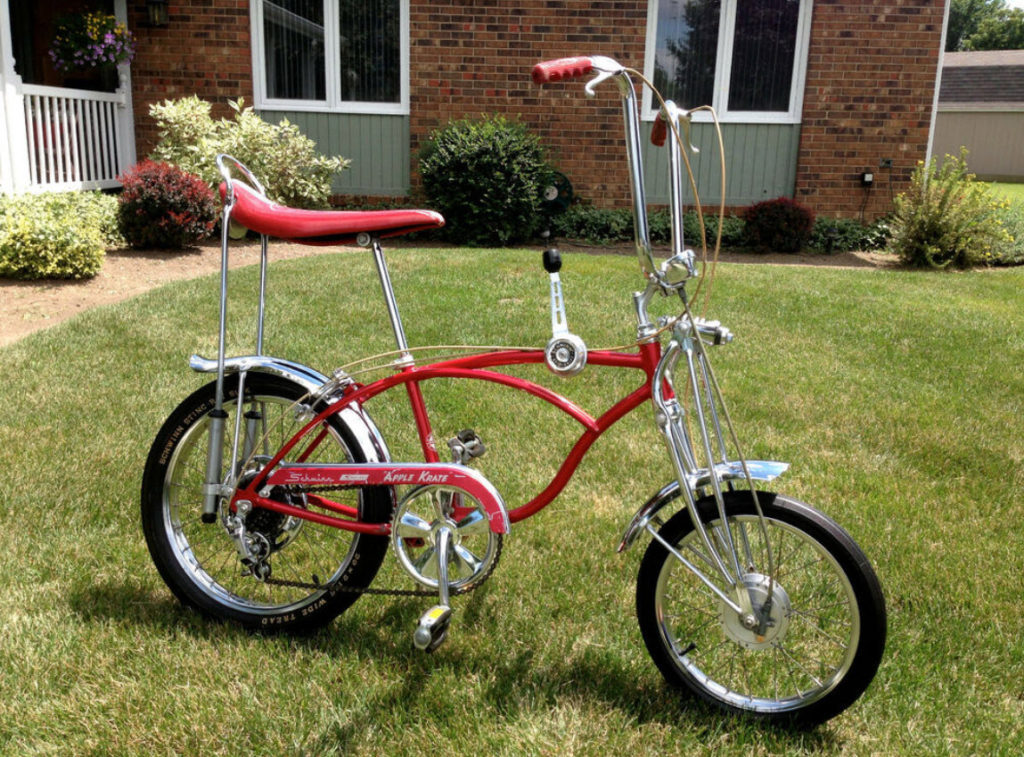
.
You didn’t even have to pop a wheelie when you owned a chopper bike. All you had to do was sit there, tapping your fingers on the handlebars like you were revving a throttle, and you looked like Evel Knievel getting ready to jump over a canyon.
Stretch Armstrong
I didn’t have this, but my brother did, and the tortures that he put this poor toy through were the stuff of legends.
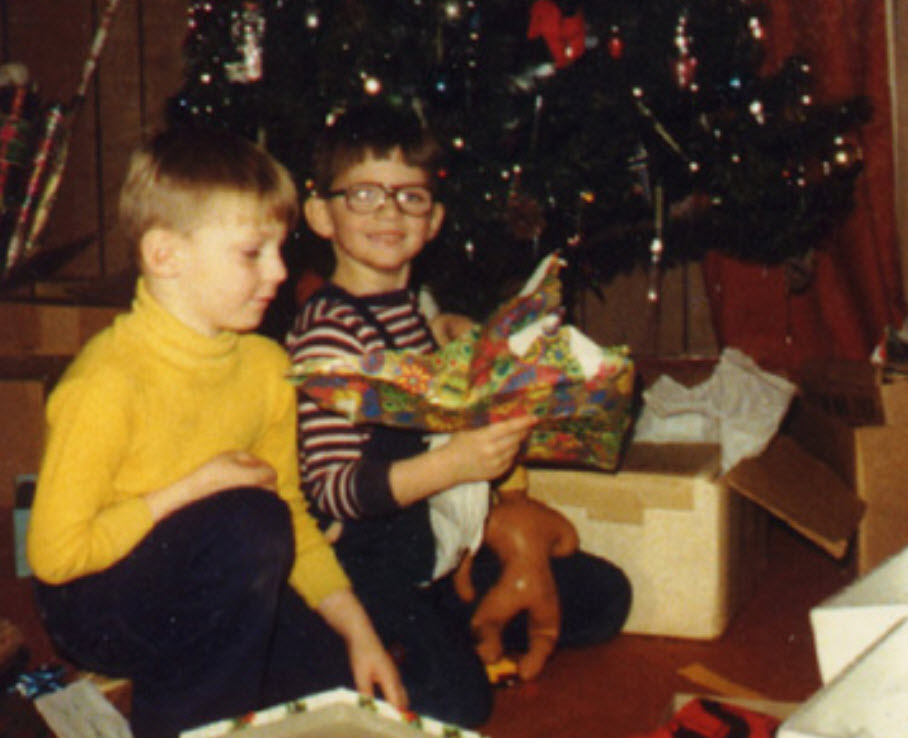
.
This elastic hero was like a stress ball for prepubescents. Just how much torture could Armstrong endure at your hands? Plenty of kids were willing to find out, pulling his limbs like they were trying to get a confession. The secret to Stretch’s durability—the goo inside his body that made him so elastic—was nothing but plain ol’ corn syrup.
Frisbee
Yeah. You can go on all the retro 1970s websites on the internet, and not one single one will mention the iconic Frisbee. This was the most prolific and versatile tools in used during the 1970’s.
Not only could you toss it about, but you could clean out your bag of weed with it. It was portable, convenient, light weight, and came in a wide selection of colors and designs. I well remember my glow in the dark scooby-doo Frisbee. What fun was that!
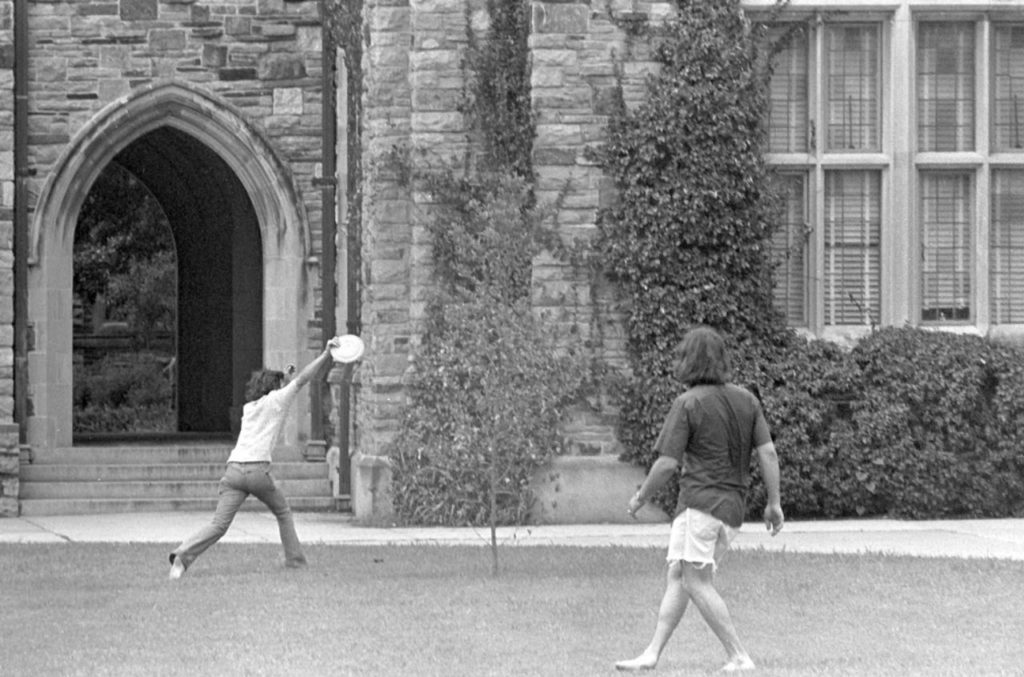
Shag Carpeting Throughout Your House
This was so 70’s.
I used the left over pieces to carpet my GTO, and then later, my Pacer, and even later than that, my Dodge Tradesman 400.
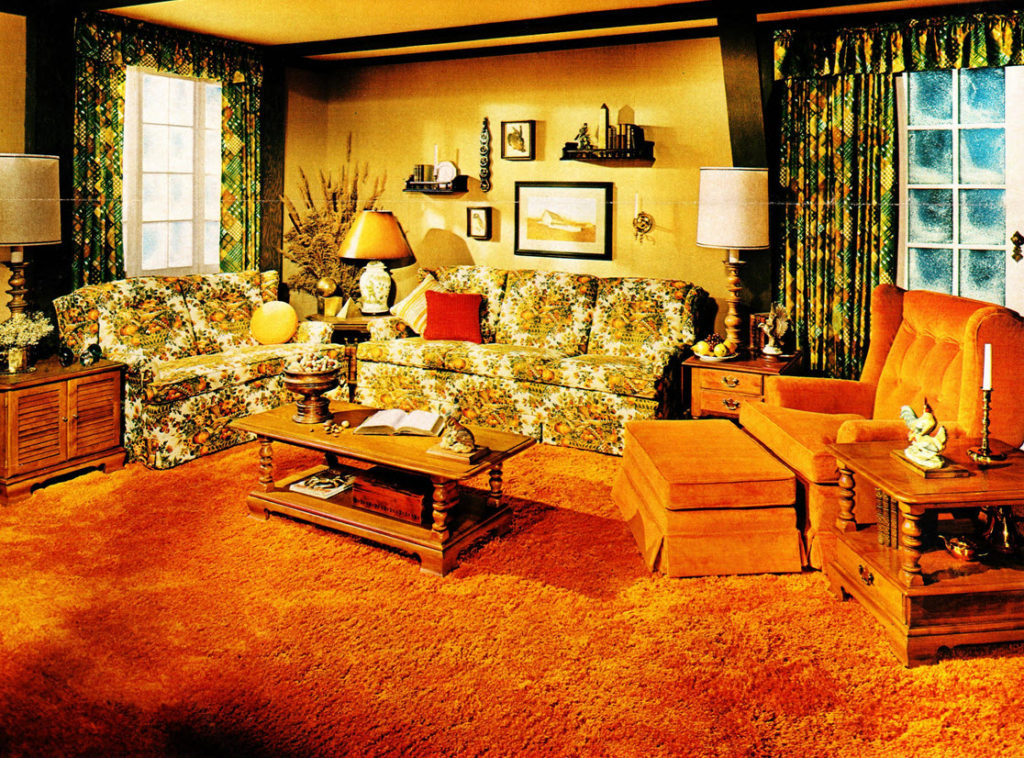
.
Covering your floors wasn’t as simple as popping into Pottery Barn and picking up a rug in the 1970s. Your house—apart from the patterned linoleum in your kitchen—was covered in shag carpeting in a variety of earthy tones, from moss to pumpkin to, of course, leopard.
Not all homes had carpet during the groovy era. Some still preferred their hardwood floors, but you can be sure that any respectable modern and hip household that did have carpet had shag carpet. Some shag carpet was so shaggy that you could lose the family hamster in it for days.
Having Every Dish Served Out of Patterned Pyrex
Pyrex. An awesome invention and completely under appreciated.

Fancy china has its place, but as a ’70s kid, you know that the true height of sophistication is enjoying your mom’s tuna noodle casserole straight from the Pilgrim-patterned Pyrex it was baked in.

.
But truthfully, you haven’t lived until you made a “swamp” pizza (Chicago style deep dish pizza) from a Pyrex dish.
Basement Den
Up until the late ‘60s/early ‘70s, basements were a place for the hot water heater, furnace/boiler, and washing machine. Basements were also a great storage area. Basements were stacked with boxes full of things that wouldn’t ever be used again but the owner couldn’t live without!
During the groovy era, “finishing” basements for living space became a popular craze. It wasn’t called a finished basement… it was called a club room; complete with the old TV set and fake wood paneling. It was a classic look.
Many a night would be spent quaffing beers, playing cards, darts, and chess while listening to Neil Young. I’ll tell you what.
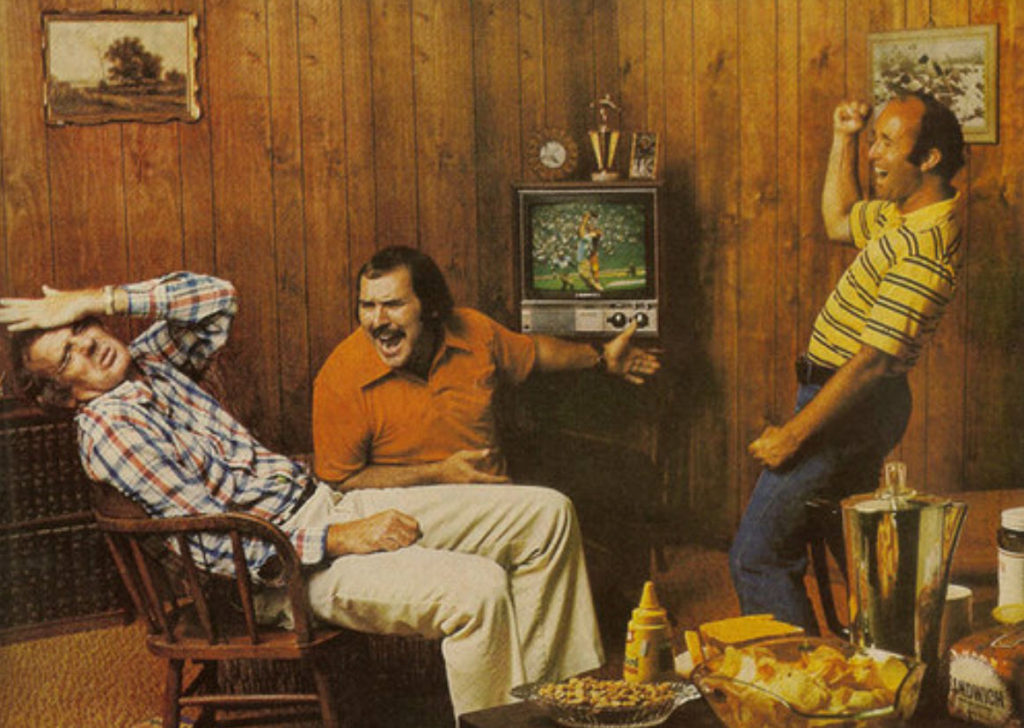
Water bed
This type of bed is pretty cool, and not at all what one would think. If you go on the internet, you might find someone who has never slept on one of these beds writing derogatory statements about them. (It’s a very common thing on the internet these days… you write about what you know nothing about for a hand full of change.)
These beds are really super comfortable. They are heated, and it is like sleeping inside the soft bosom of a giant woman. The sides envelope around you and you feel completely embraced.

.
All jokes aside, this is a super comfortable way to sleep. When I slept on my water bed, I was usually out within two minutes.
Now, for some important notes. Firstly, if the power goes off, in the dead of winter, you can rest assured that you will be sleeping on top of an icy pile of slush. And secondly, you need to constantly add anti-bacteria chemicals. Otherwise algae will grow and your water bed would spring about a zillion super tiny, impossible to locate, leaks.
Lava Lamps
Technically the oddly hypnotic lava lamp was made popular in the 60s, but it continued on strong through almost the end of the 1970s. I actually had two of them, and they really added a nice effect in my bed room.
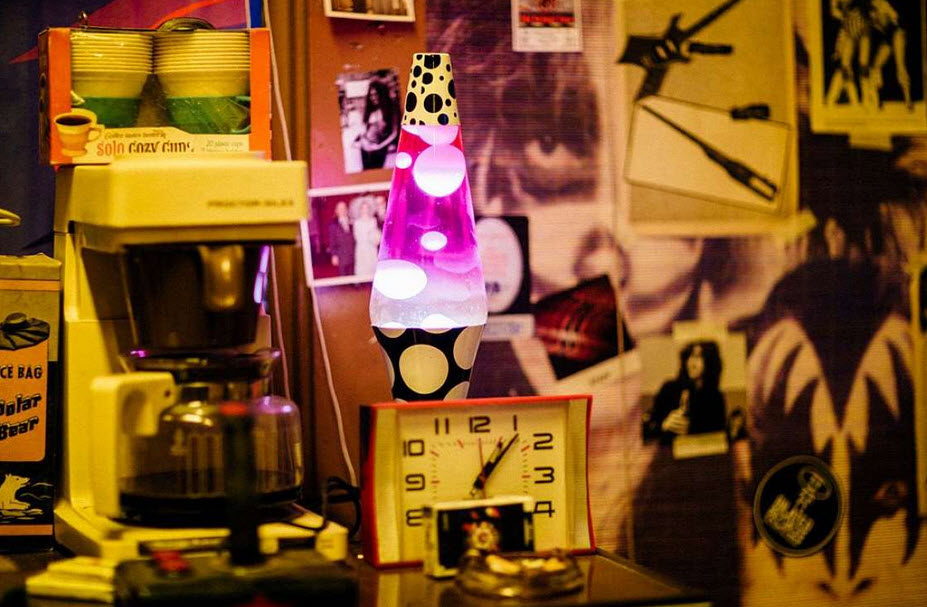
TV Dinners
We had these little metal folding tables, and a place where we wold put them behind the door. When we were too busy to eat a “real” meal, out came the TV dinners, and we would eat in front of the television learning about the world on the “news”.
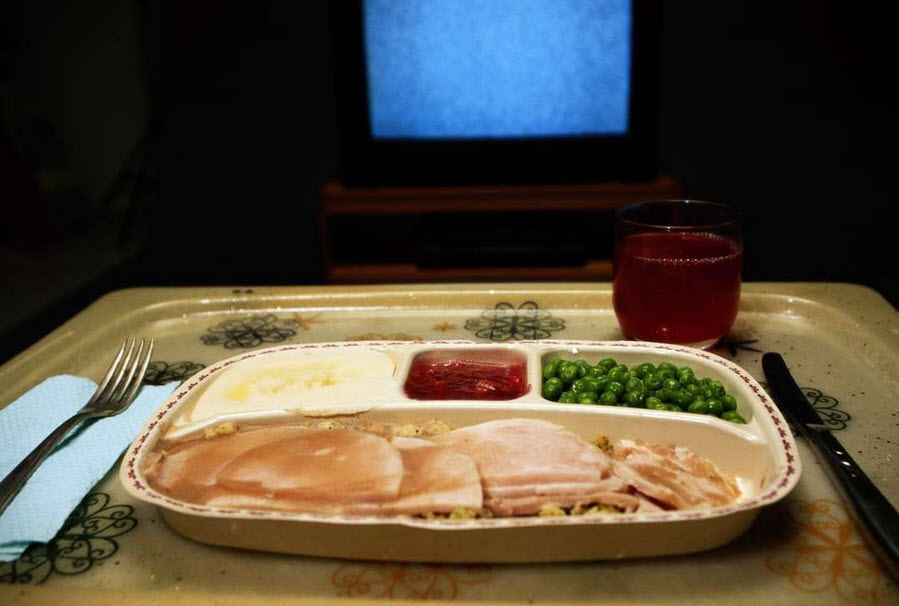
Do you want more?
I have more posts that are similar to this in my Life and Happiness Index here…
Life & Happiness.
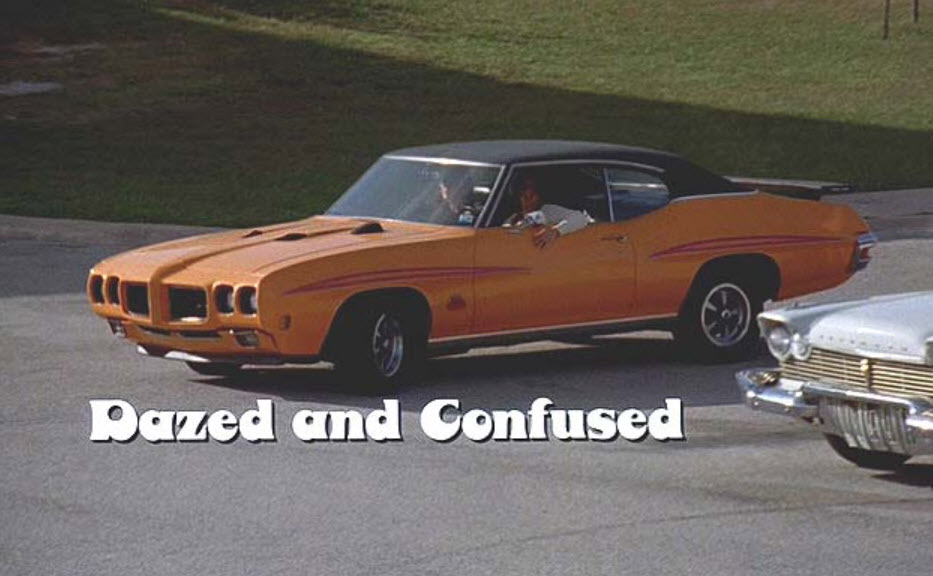
.
Can you believe that this is only part one?
Articles & Links
You’ll not find any big banners or popups here talking about cookies and privacy notices. There are no ads on this site (aside from the hosting ads – a necessary evil). Functionally and fundamentally, I just don’t make money off of this blog. It is NOT monetized. Finally, I don’t track you because I just don’t care to.
To go to the MAIN Index;
Master Index.
- You can start reading the articles by going HERE.
- You can visit the Index Page HERE to explore by article subject.
- You can also ask the author some questions. You can go HERE .
- You can find out more about the author HERE.
- If you have concerns or complaints, you can go HERE.
- If you want to make a donation, you can go HERE.
Please kindly help me out in this effort. There is a lot of effort that goes into this disclosure. I could use all the financial support that anyone could provide. Thank you very much.
[wp_paypal_payment]

